Project Category: Civil
Join Our Presentation
Please contact shaant.gangapersa1@ucalgary.ca in case of technical difficulties
About Our Project
Concrete is the most widely used manufactured material on the planet due to its durability, strength, longevity, versatility, and many other properties. Much of modern infrastructure is dominated by this material, and over the course of a century, it has taken its place as a core part of urban society. There is however a substantial environmental cost when it comes to using concrete, as one of its key ingredients, portland cement, is responsible for 8% of the overall carbon dioxide emissions worldwide [1]. For this project, our group was tasked with developing concrete mixtures which provide a more environmentally friendly alternative to the traditional concrete mixtures which are widely used today in industry. We accomplished this by utilizing SCMs (Supplementary Cementitious Materials) which can be used to replace a certain percentage of Portland cement in the concrete mixture, thereby making the mixture more eco-friendly. It is worth noting that the use of SCMs is not uncommon and certain SCMs such as fly ash are widely used in the industry. However, these traditional SCMs have adverse environmental impacts of their own. Our aim therefore, is to move away from these popular SCMs, and instead explore uncommon, or newer SCMs which are relatively more environmentally friendly. In addition to “eco-friendliness,” properties such as strength and durability of the concrete mix are also given high consideration.
Meet Team M1

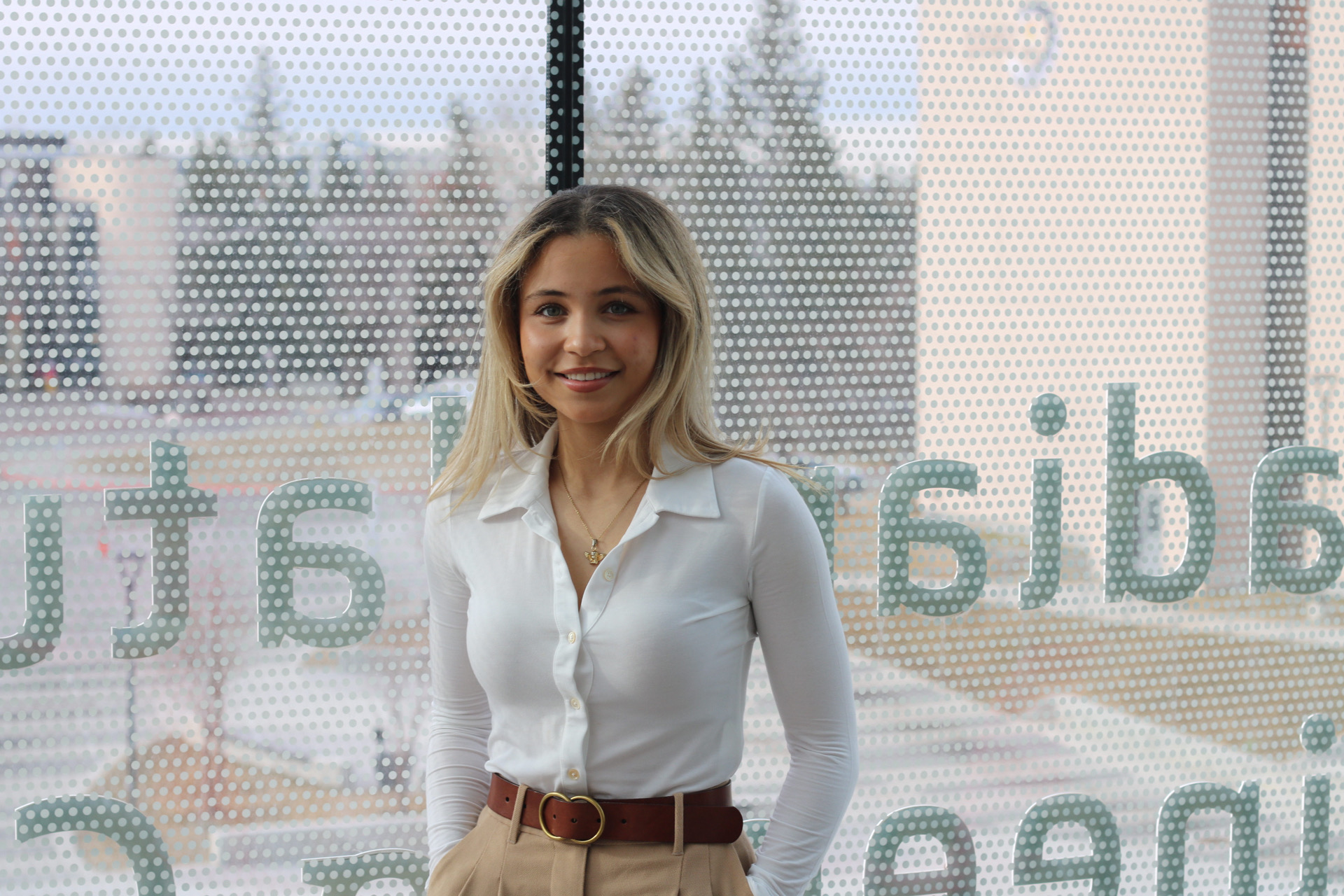

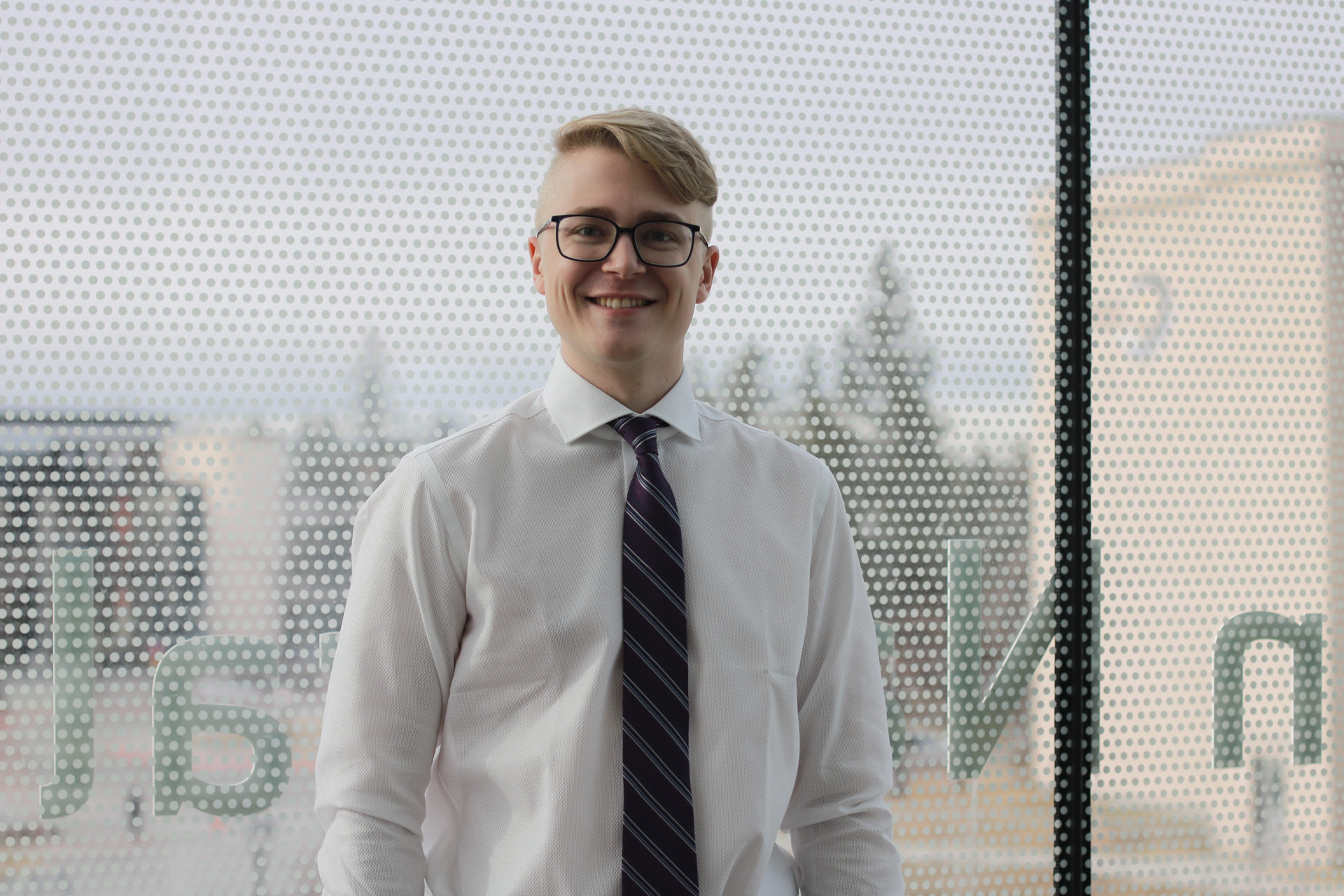
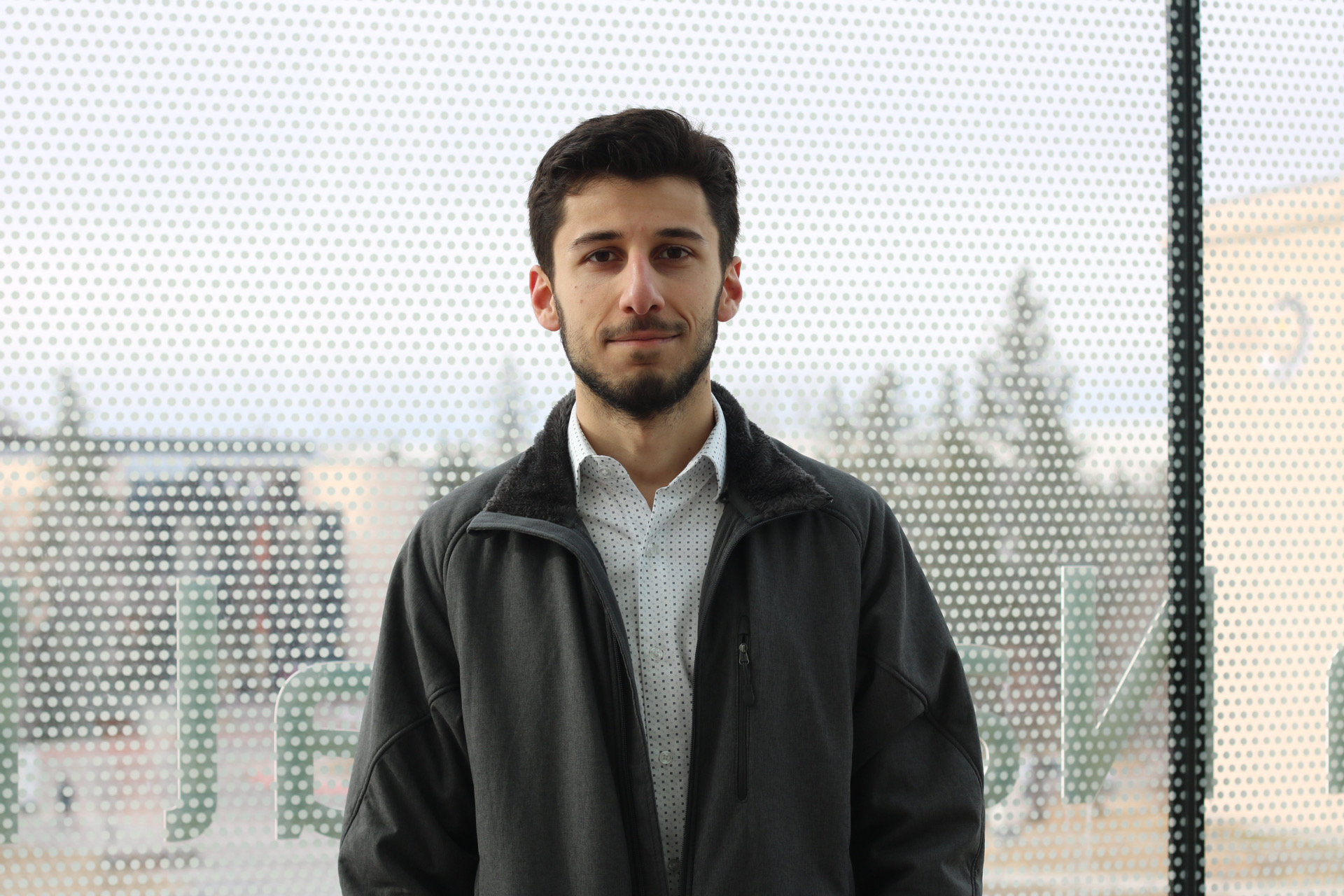
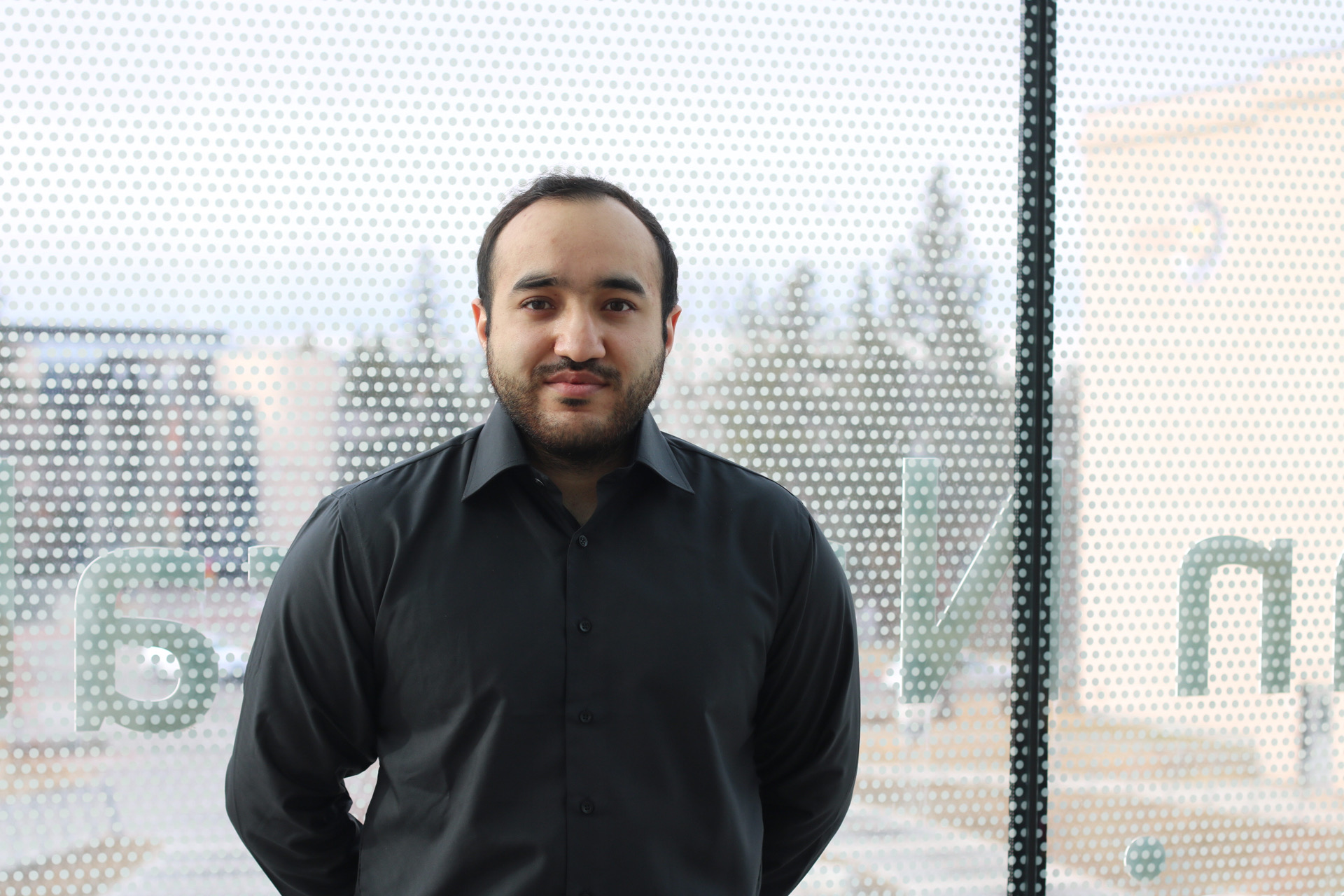
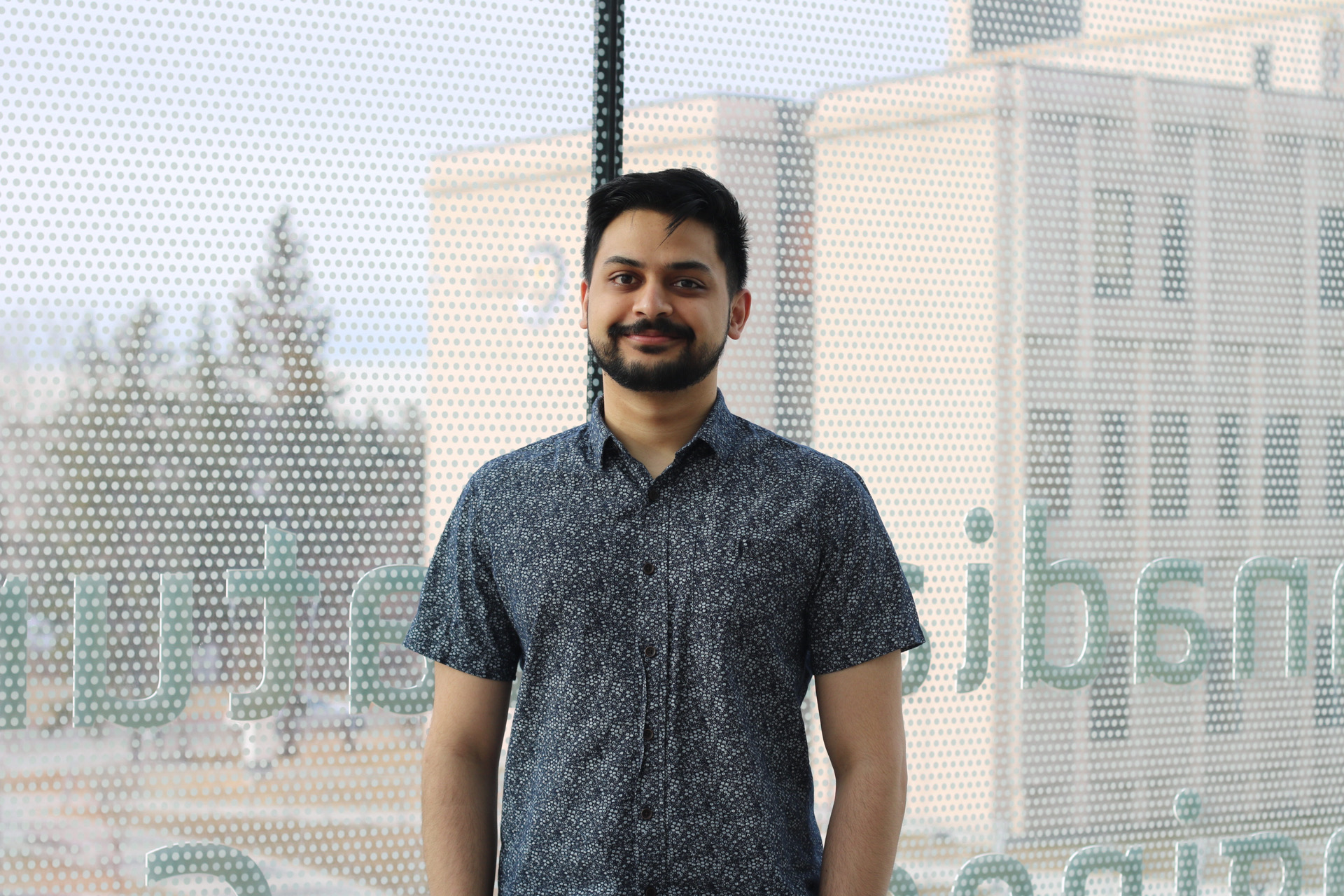

Details About Our Design
HOW OUR DESIGN ADDRESSES PRACTICAL ISSUES
Concrete is a fundamental building material used in all manner of construction projects around the world. The primary ingredient in concrete typically being portland cement. Naturally, in an effort to lower their environmental impact and move toward more sustainable options, the industry as a whole is looking for greener alternatives to partially replace the portland cement component of concrete mixes. The goal with our project was to research and develop concrete mixes that incorporate these alternative SCMs with the aim to lower their environmental impact while maintaining the same desirable strength properties.
WHAT MAKES OUR DESIGN INNOVATIVE
While utilizing SCMs in concrete mixtures is nothing new, as SCMs like fly ash have been used commonly in industry for decades [2]. Where our design innovates is in the exploration of less common and less well-researched SCMs. In particular, we researched pulverized recycled glass, pulverized pumice, silica fume, Juno XP, and diatomaceous earth. From this list, we conducted an initial research and analysis phase in order to determine which materials we could procure and move forward with to develop our actual test concrete mixtures. Ultimately, we casted mixes using pumice, (one at 25% cement replacement and one at 40%) and diatomaceous earth. In addition to our mixes utilizing the new SCMs, we also cast two control mixtures: a general use portland cement mixture and a fly ash mixture to provide a point of comparison to current common industry practice.
WHAT MAKES OUR DESIGN SOLUTION EFFECTIVE
For measuring the sustainability of our concrete mixtures, we considered the three pillars of sustainability: environmental, economic, and social. We researched metrics like carbon footprint, measured in kg CO2 emitted/tonne produced. Graduate student Vaihedi Pitre also took our mix designs and conducted life cycle assessments, yielding data about our mixture’s energy consumption (MJ/1m3 of Concrete) and global warming potential indicator (kg CO2 e). We also considered factors like transportation and manufacturing processes for our mixtures in addition to the raw material costs when comparing economic sustainability. Lastly, to address the social aspect of the implementation of our mix designs, we considered sourcing of the materials and how their use may provide additional benefits like greater insulative properties in the case of pumice.
Carbon Emissions Associated with Portland Cement and SCMs
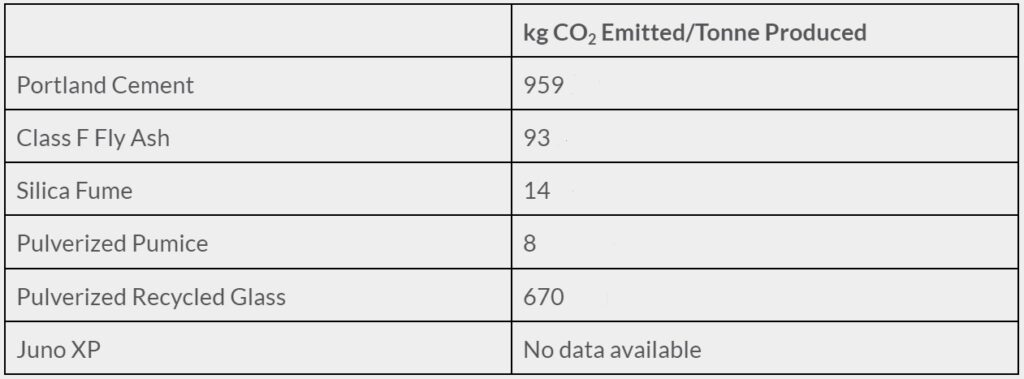
HOW WE VALIDATED OUR DESIGN SOLUTION
As mentioned above, our goal was to develop concrete mixtures that would be more environmentally friendly, but not compromise the effectiveness of the concrete as a whole. Specifically, we were designing our concrete to meet a strength requirement of 35MPa. We conducted testing throughout the course of our project, doing strength testing at the 7-, 14-, 28-, and 56-day mark in order to measure the strength development of our mixes. Additionally, we conducted electrical resistivity and air entrainment testing to measure the durability and weather resistance of our concrete mixes.
Summary of Compressive Strength Developments

Summary of Air Entrainment Percentages for 1kHz Frequency (56-Day) using ASTM

Summary of Air Void Contents

FEASIBILITY OF OUR DESIGN SOLUTION
When considering the feasibility of our mix designs, it is important to consider how they would be utilized in industry. Initially, the team had concerns that because of a potentially greater initial financial cost for incorporating the SCMs the appeal of our mixes would be lessened. However, in discussions with our industry advisor Mr. Tyler Callaghan of Lafarge, he explained that the industry is willing to spend the extra capital in order to facilitate a more eco-friendly design. Indeed, the market as a whole is shifting greatly towards greener construction, with programs like USGBC’s LEED Certification surpassing 100,000 registered commercial projects in the United States alone in 2019 [7]. We believe that concrete mixture designs like the ones that we have developed can help in fulfilling this goal for more eco-friendly design and construction.
Partners and Mentors
We on Team M1 are eternally grateful for the support and mentorship we were given throughout this year. Thank you to our advisors, Dr. Rahil Khoshnazar, our academic advisor and Mr. Tyler Callaghan, our industry advisor for their continued support, recommendations, and resources. Thank you to Noha Mohammad, Mohammad Zarrinkoub, Alireza Haji Hossein, and Daniel Larson for their expertise and assistance in the concrete lab and mix designs. Thank you to graduate student Vaidehi Pitre for their generous time in conducting and sharing their research and LCA results. Special thanks as well goes to course coordinator Jacqueline Vera and teaching assistants Sebastian Perez and Ayla Lauret. Everyone’s knowledge, advice, and aid helped us immensely in the completion of this project.
Our Photo Gallery
Photos from the Casting of our General Use Mixture
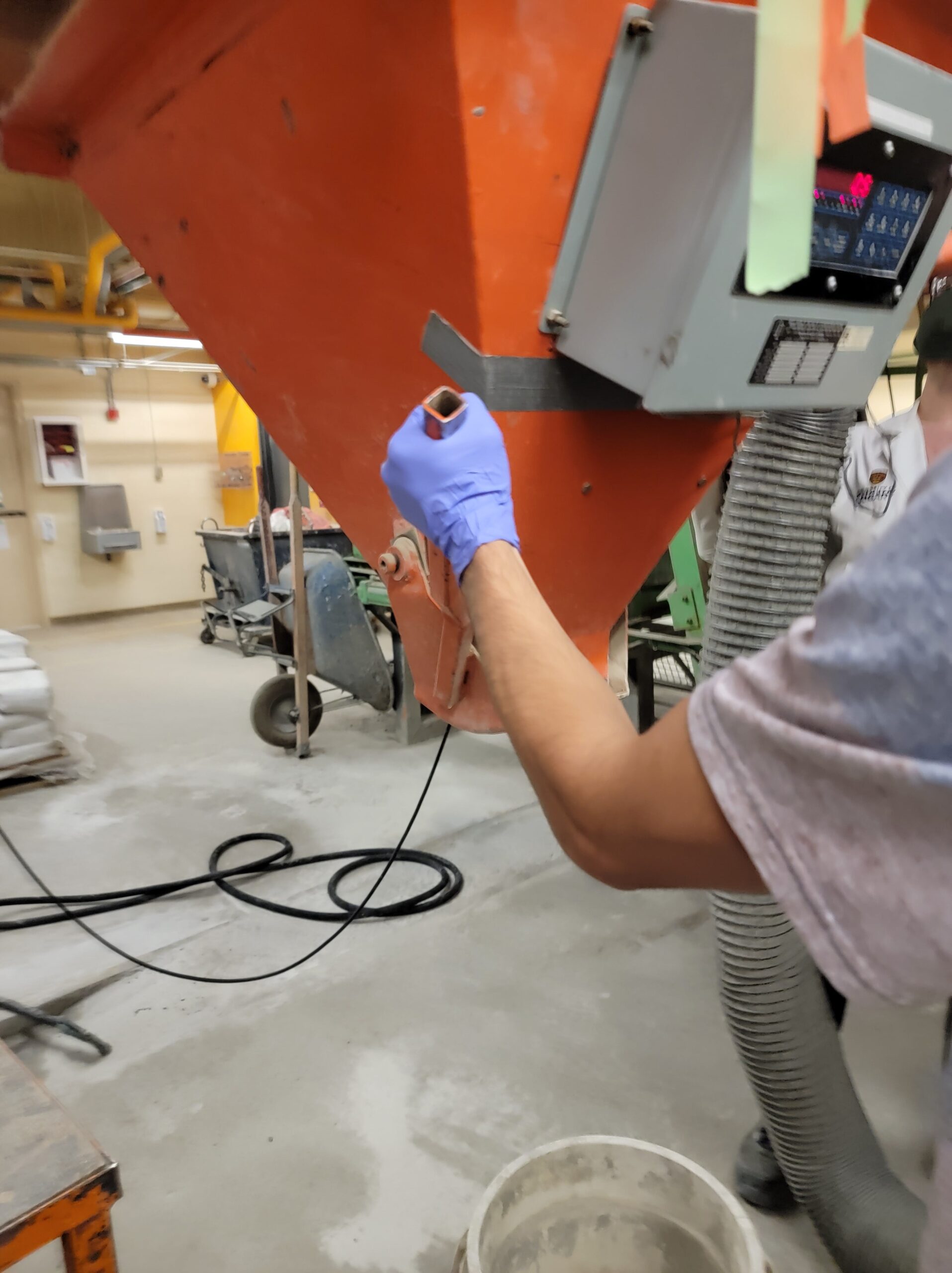
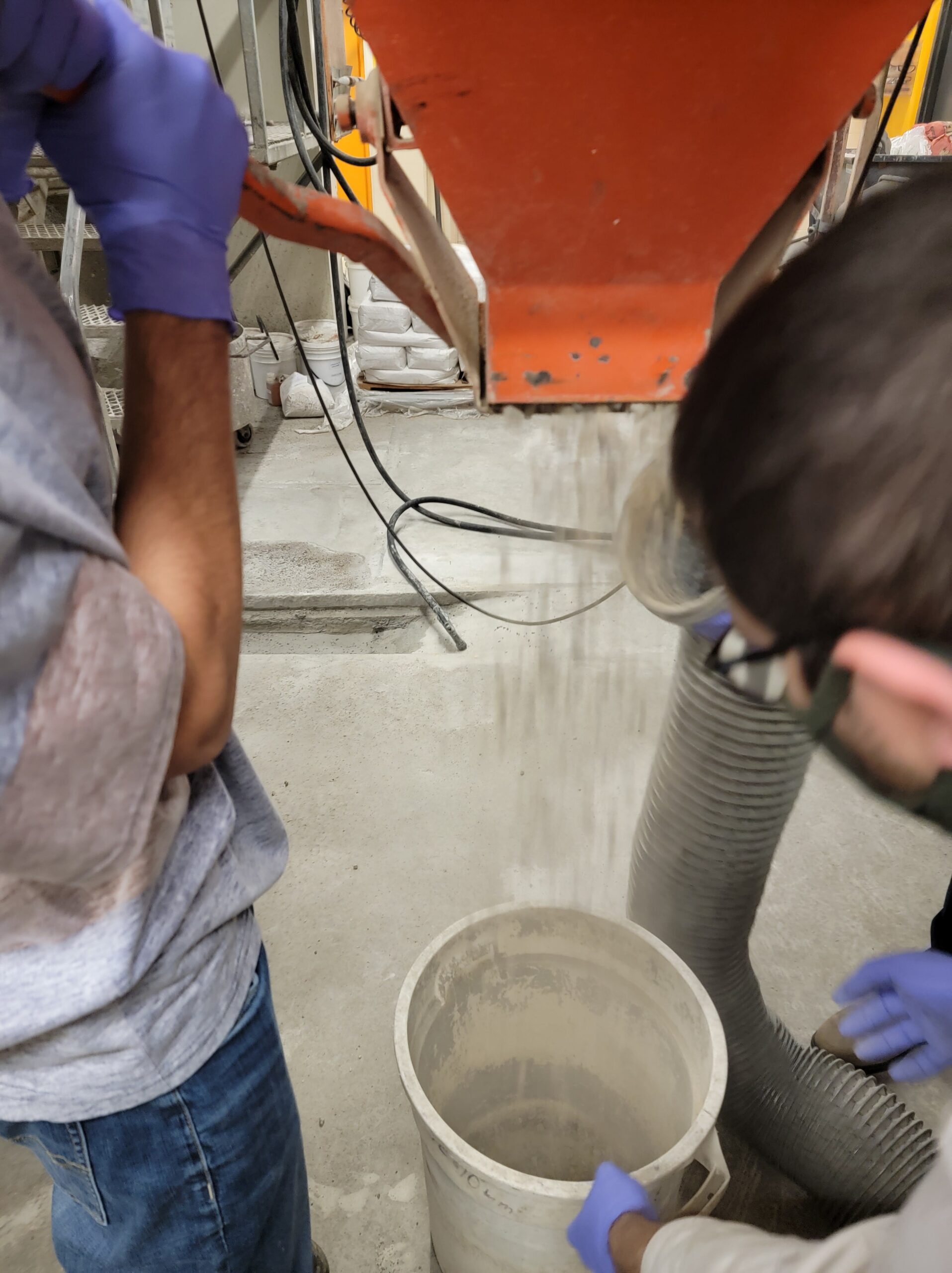
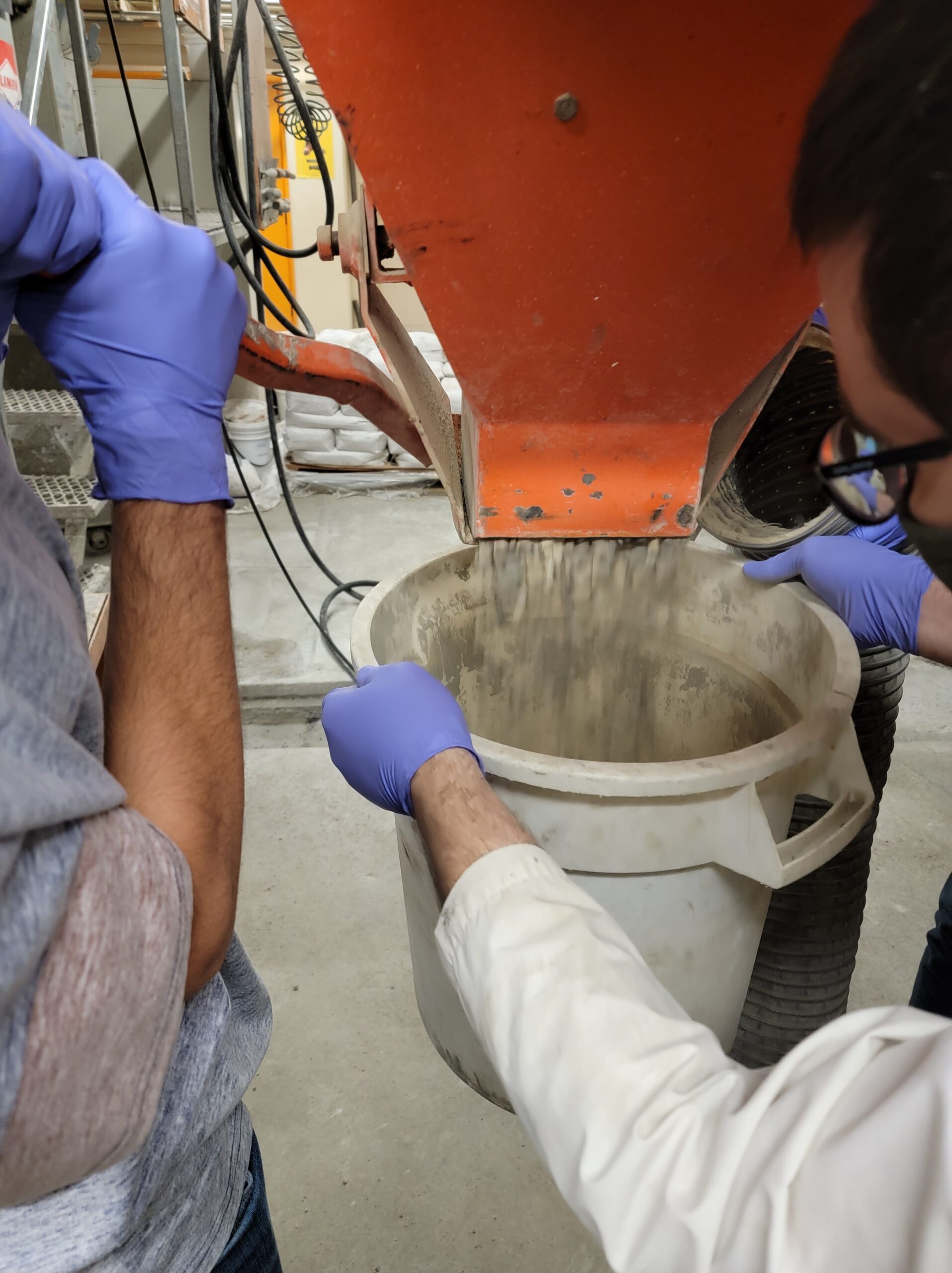
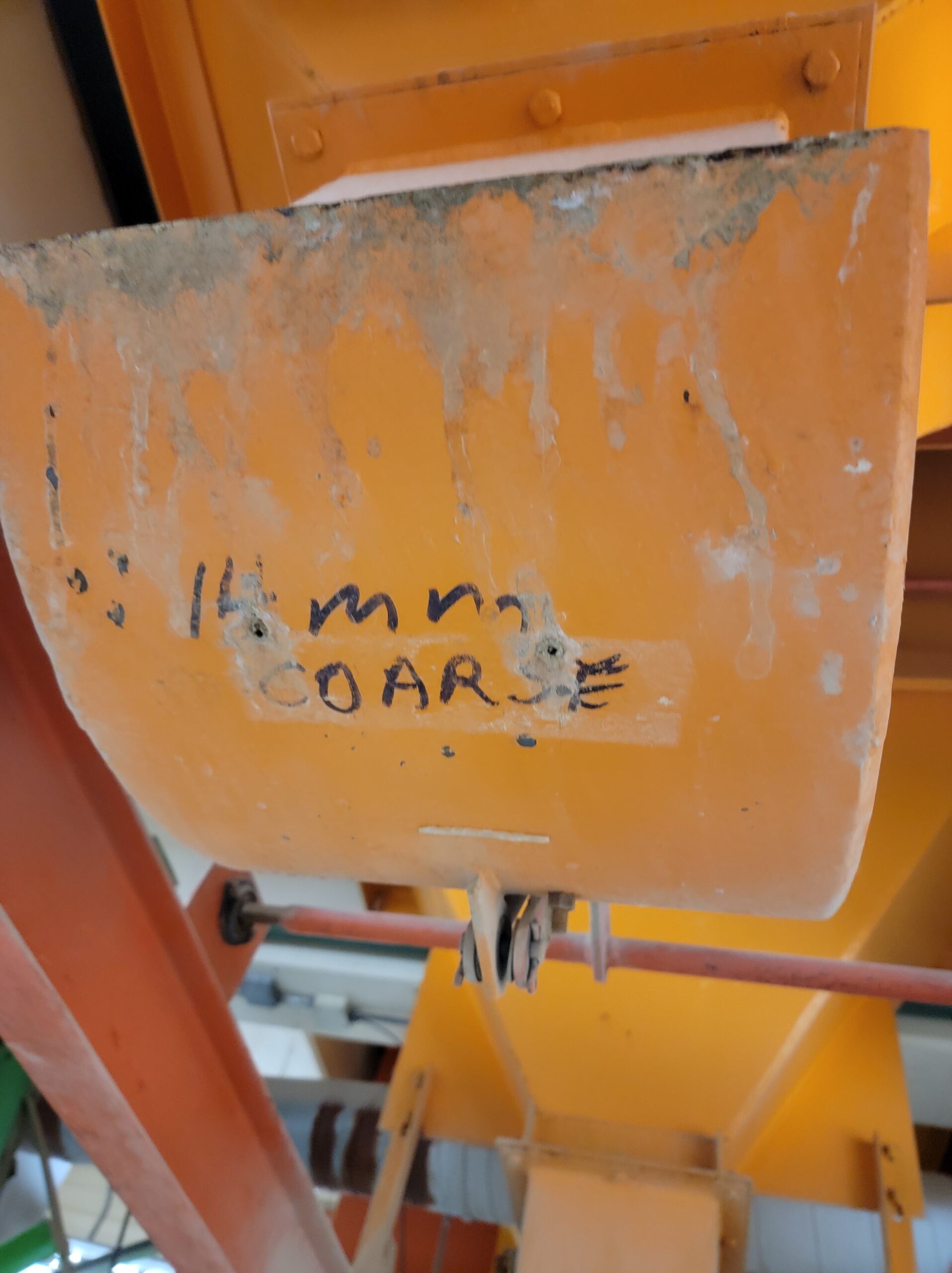
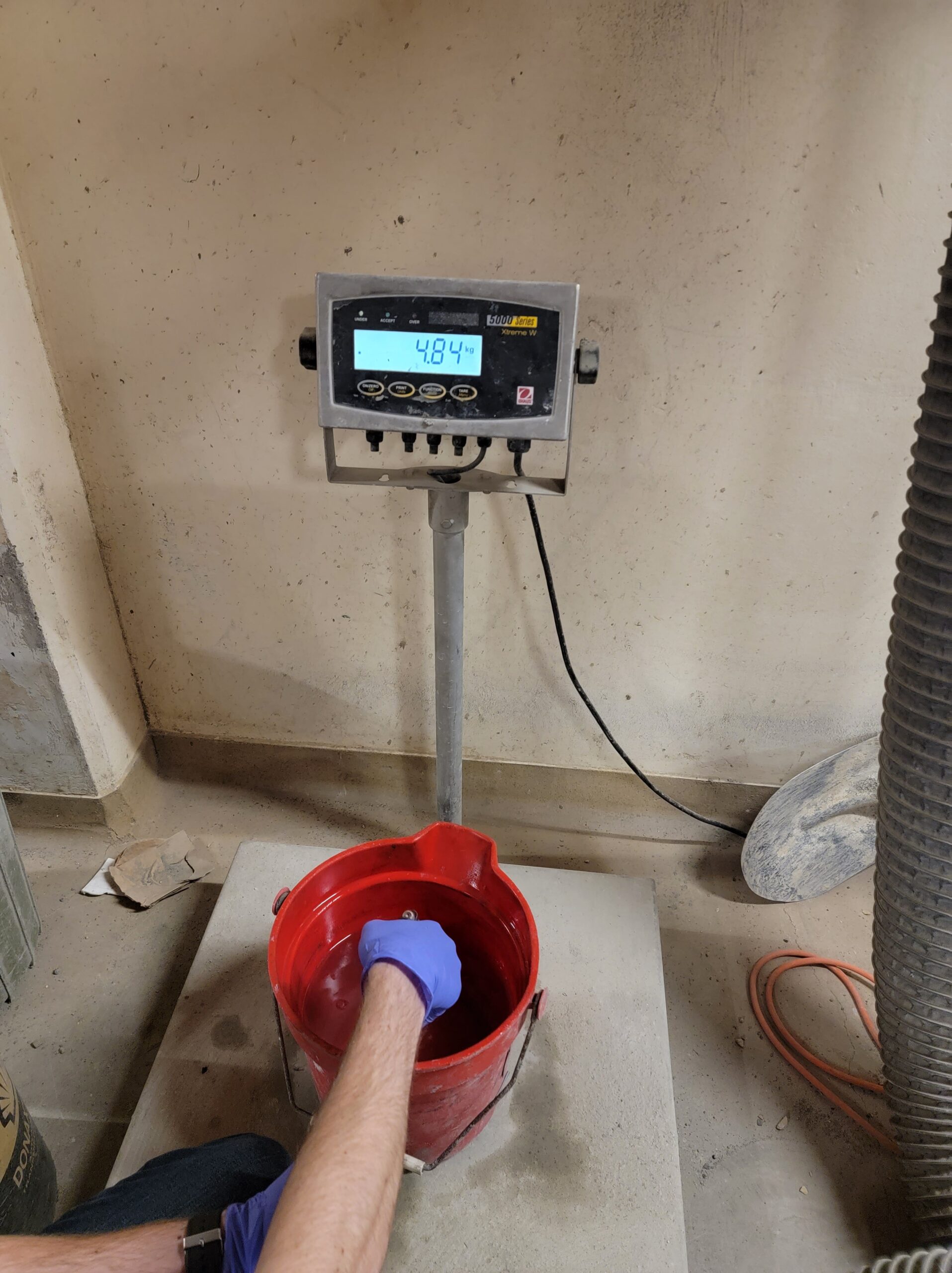
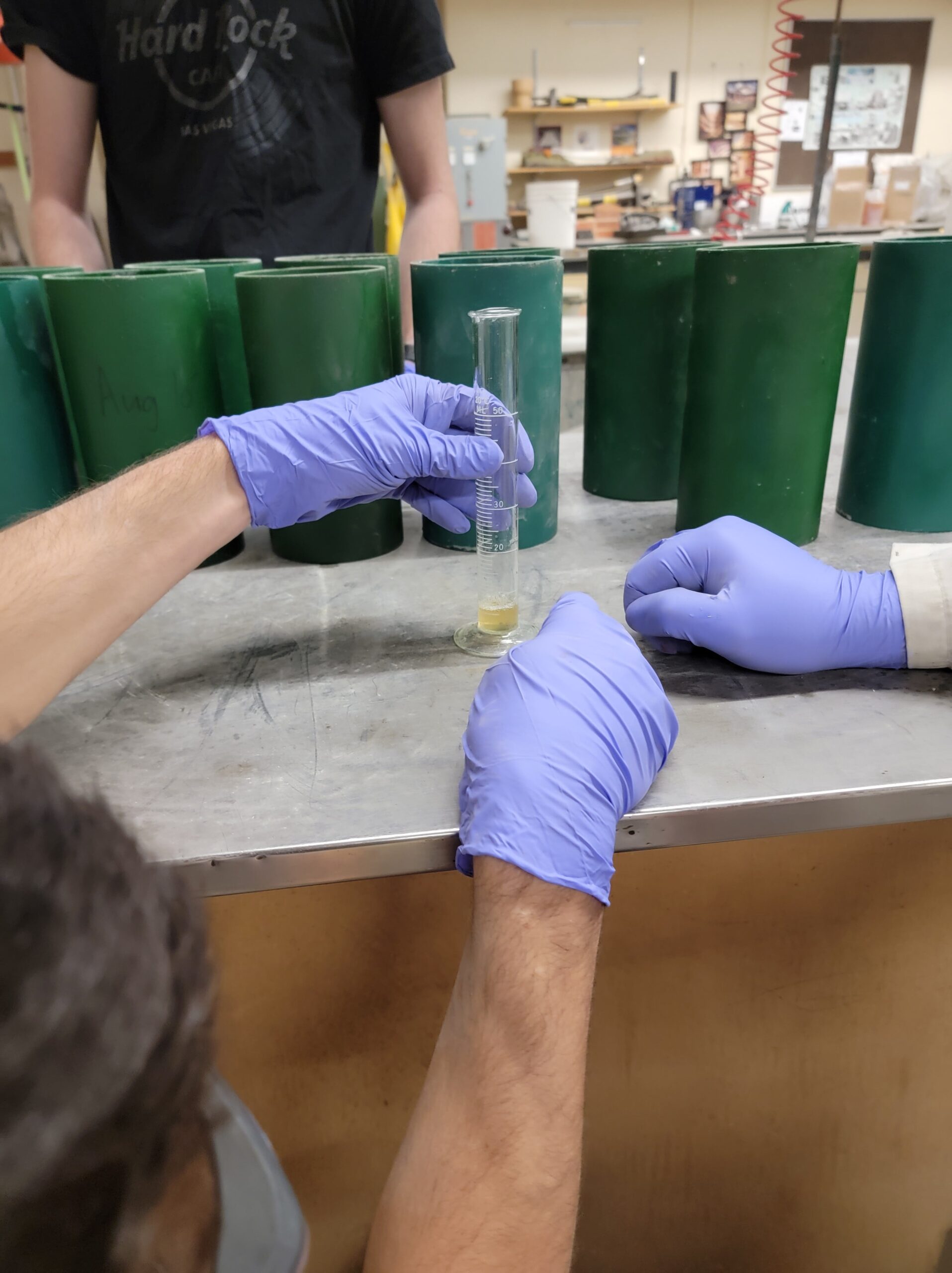

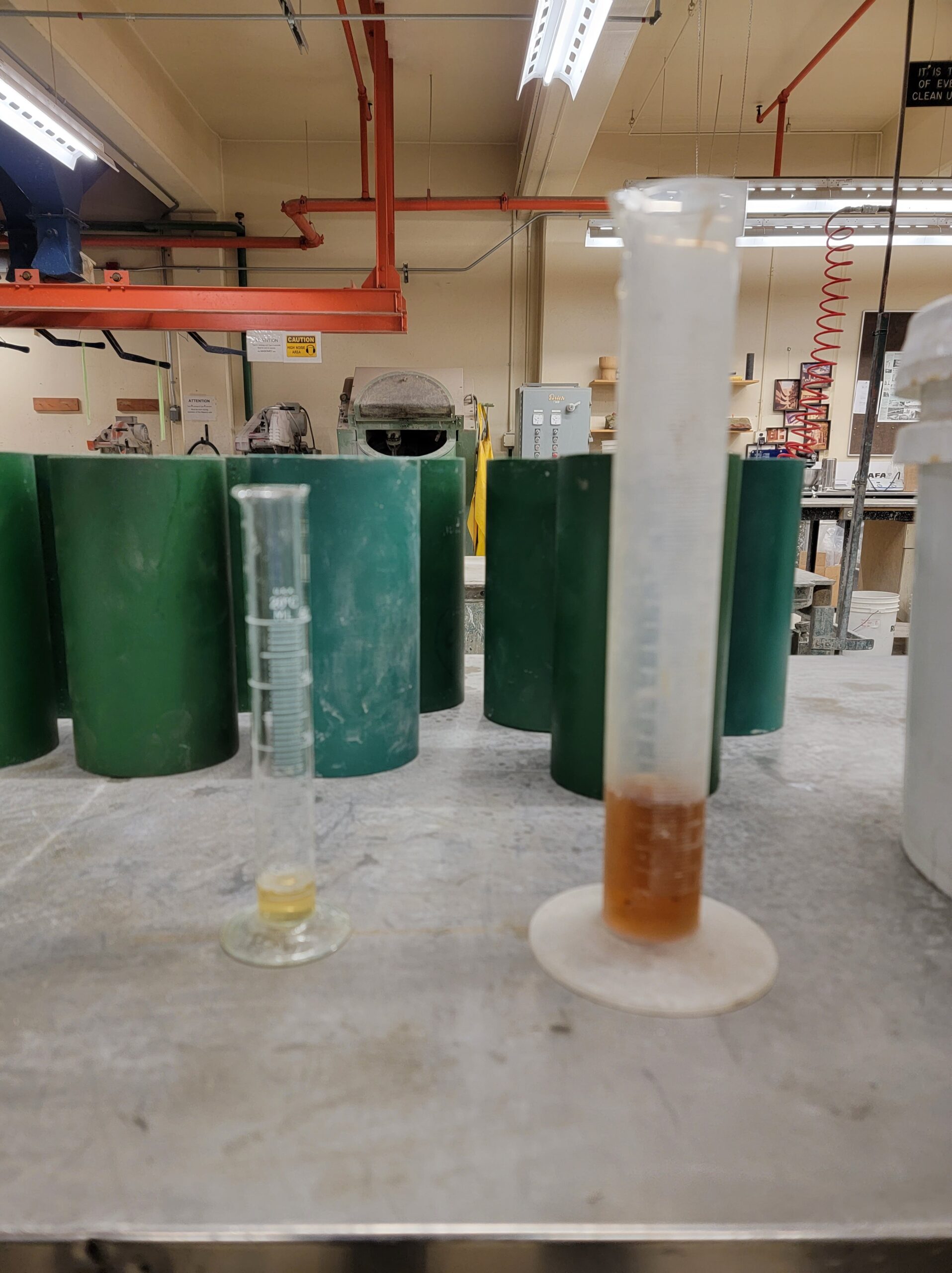
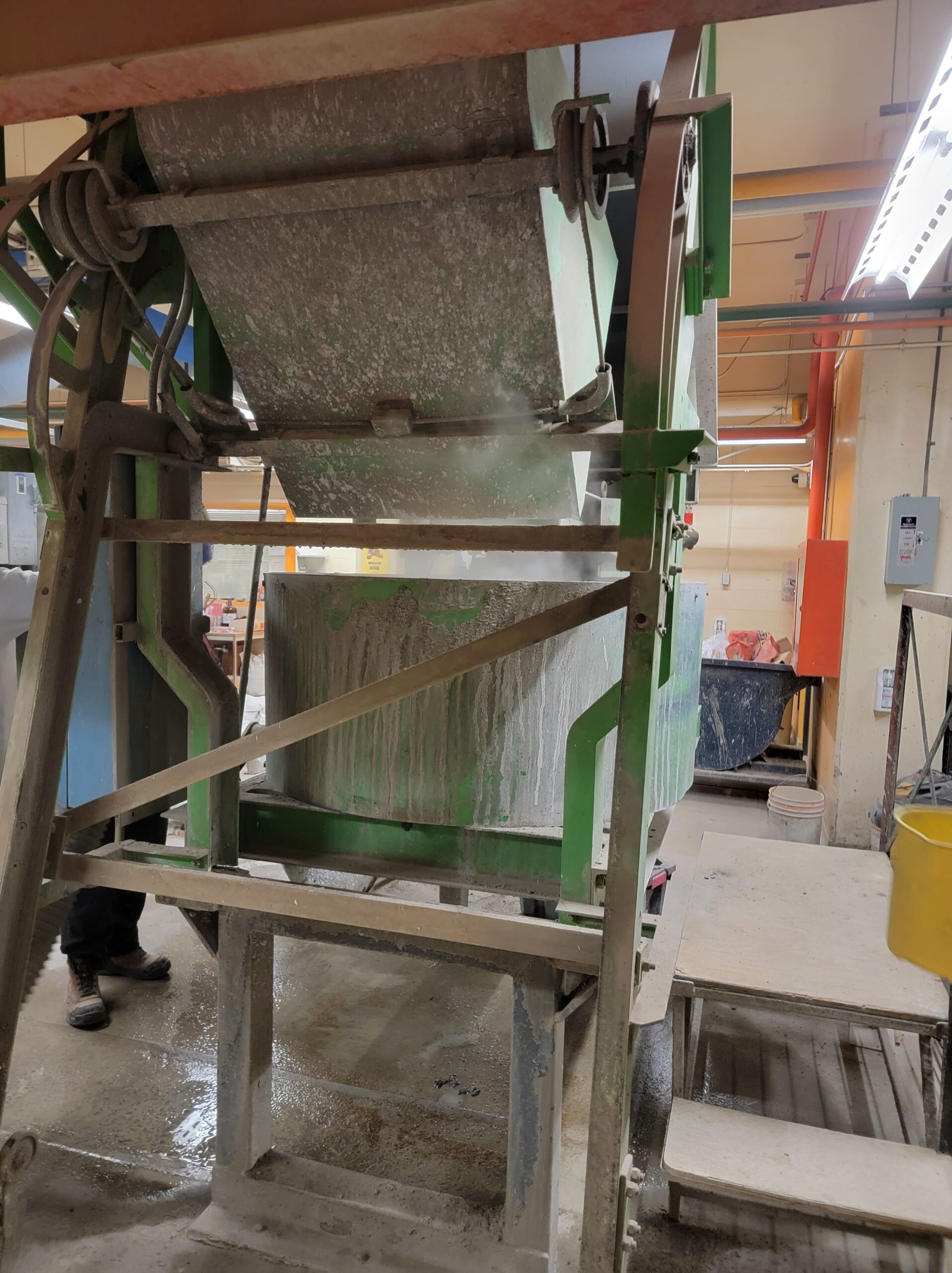
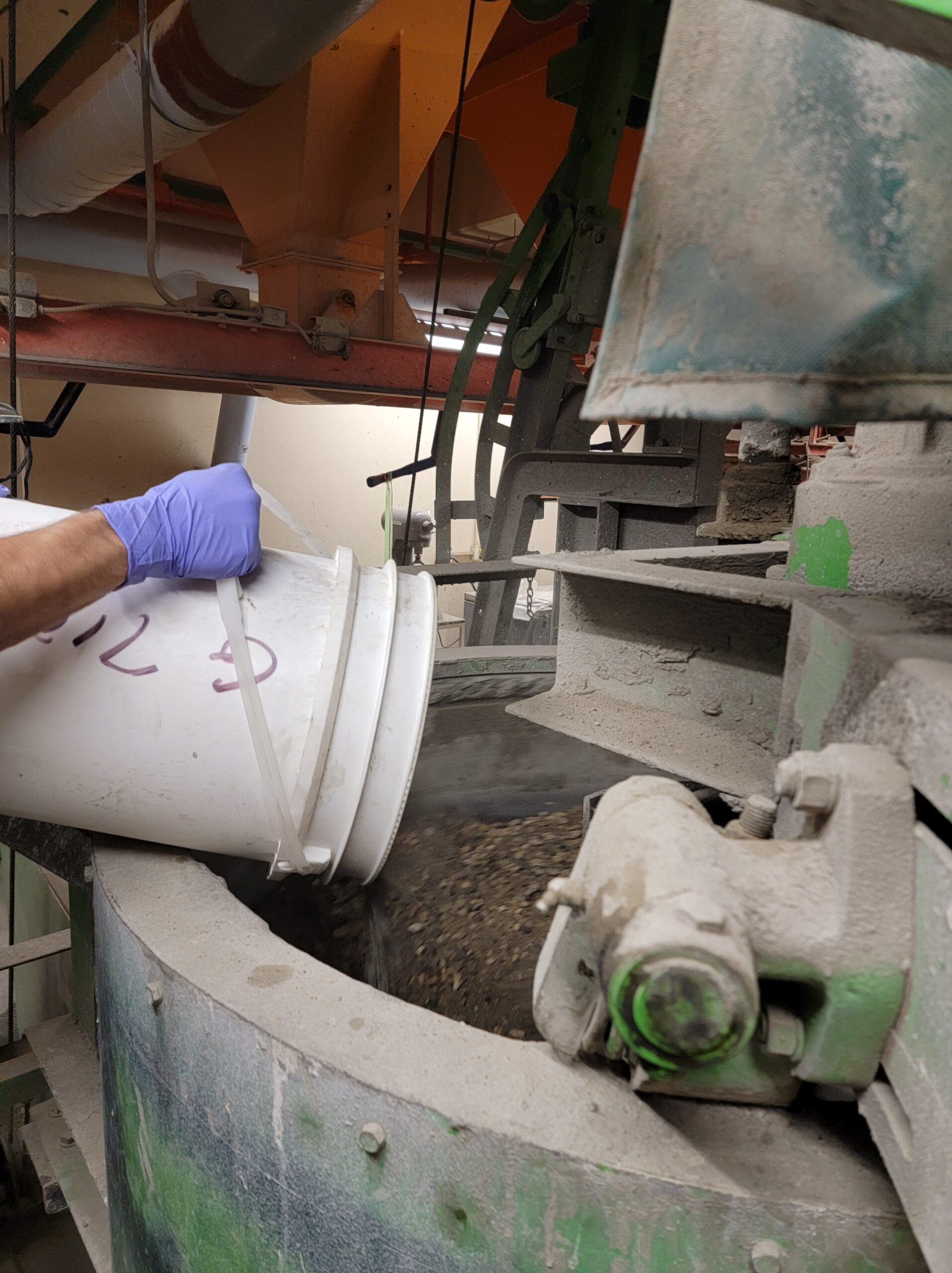
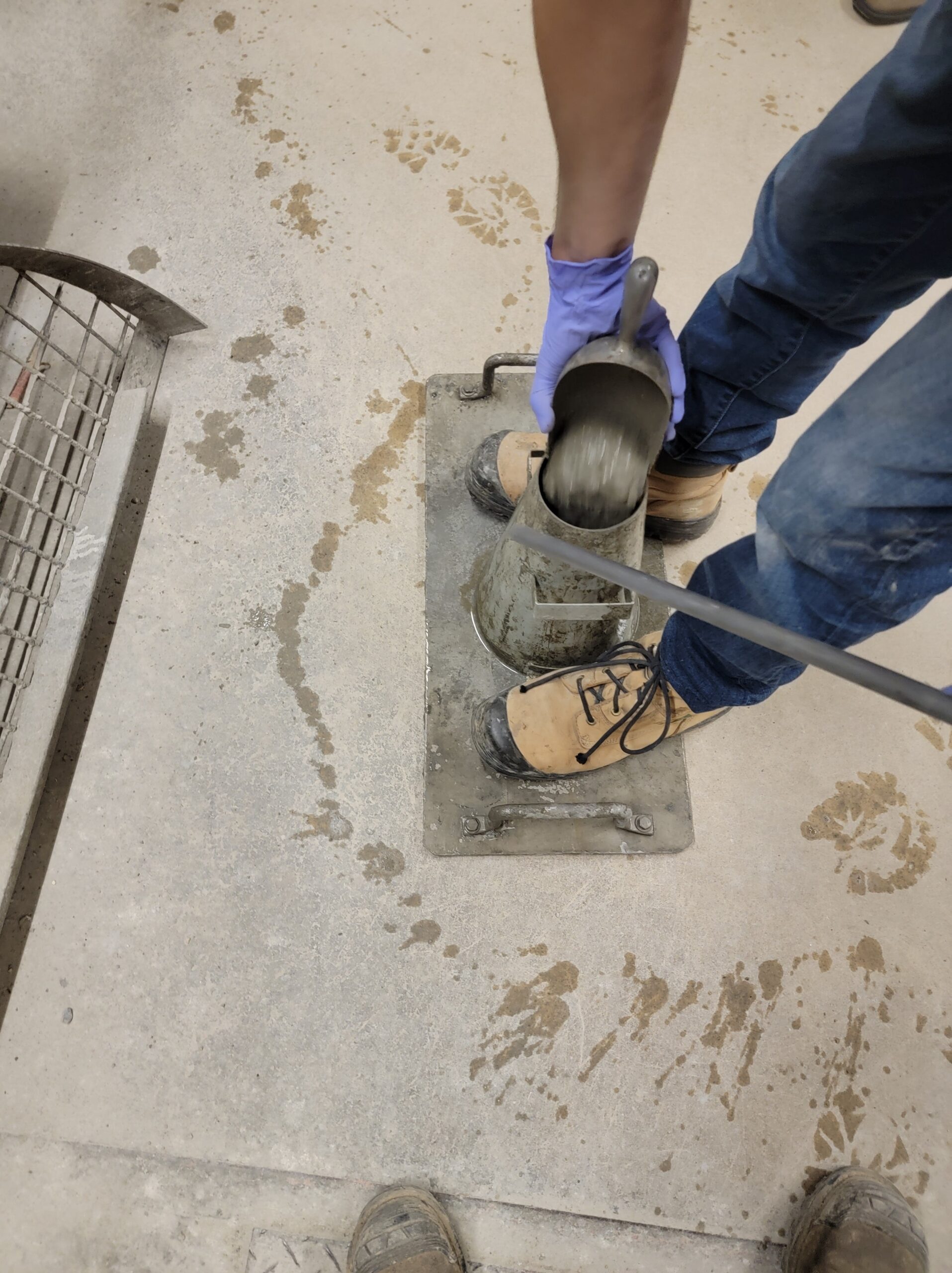

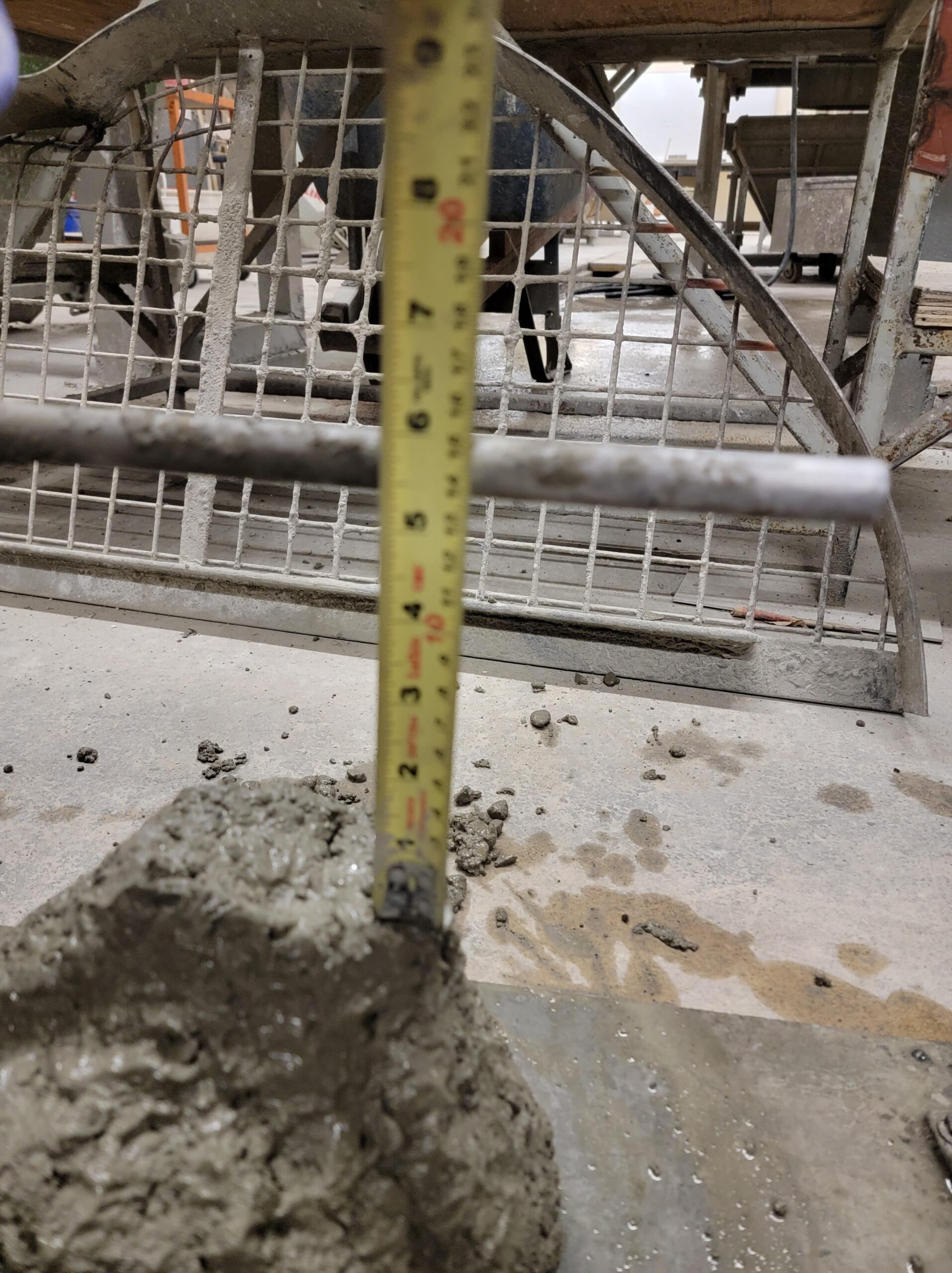
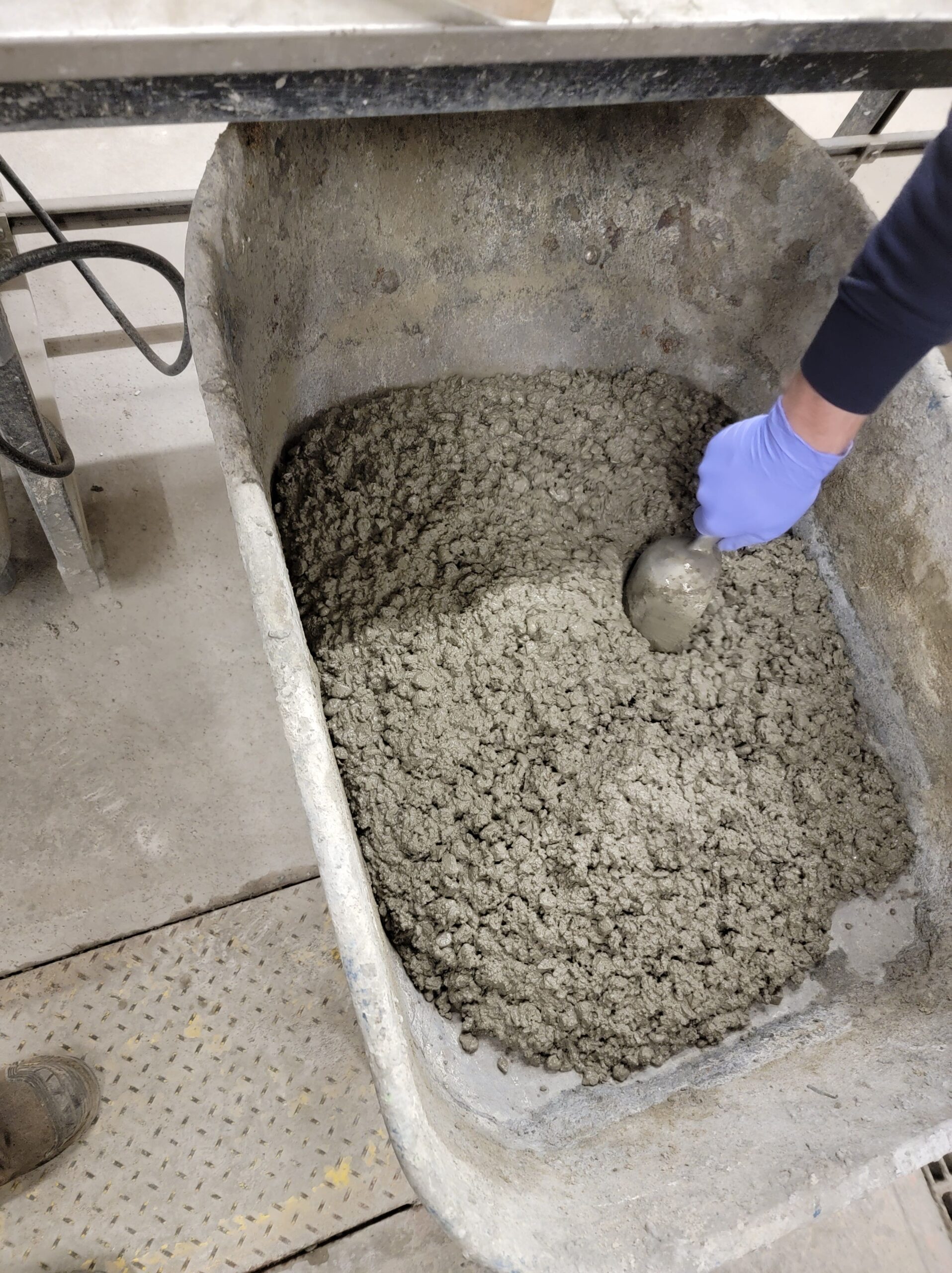

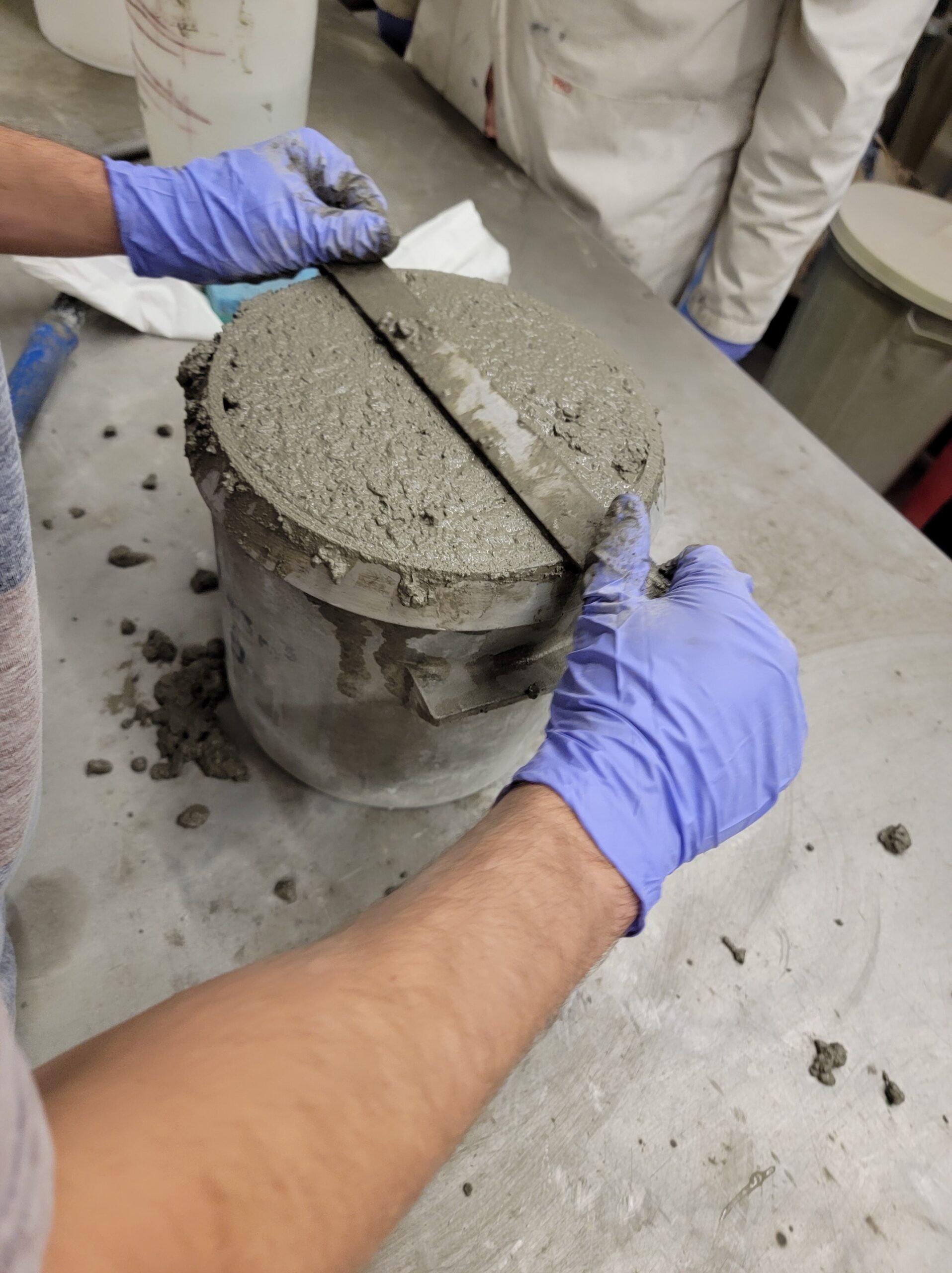
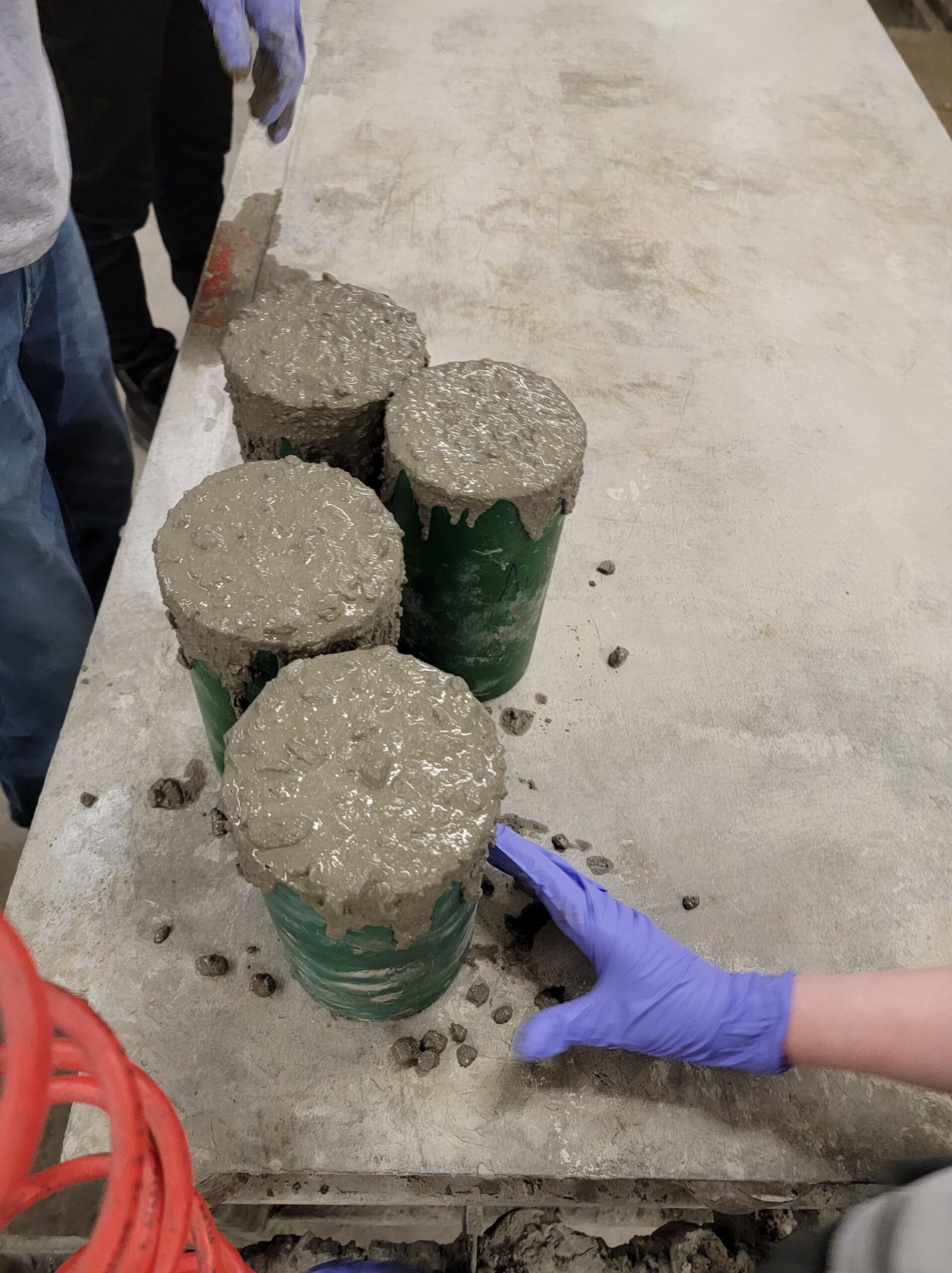
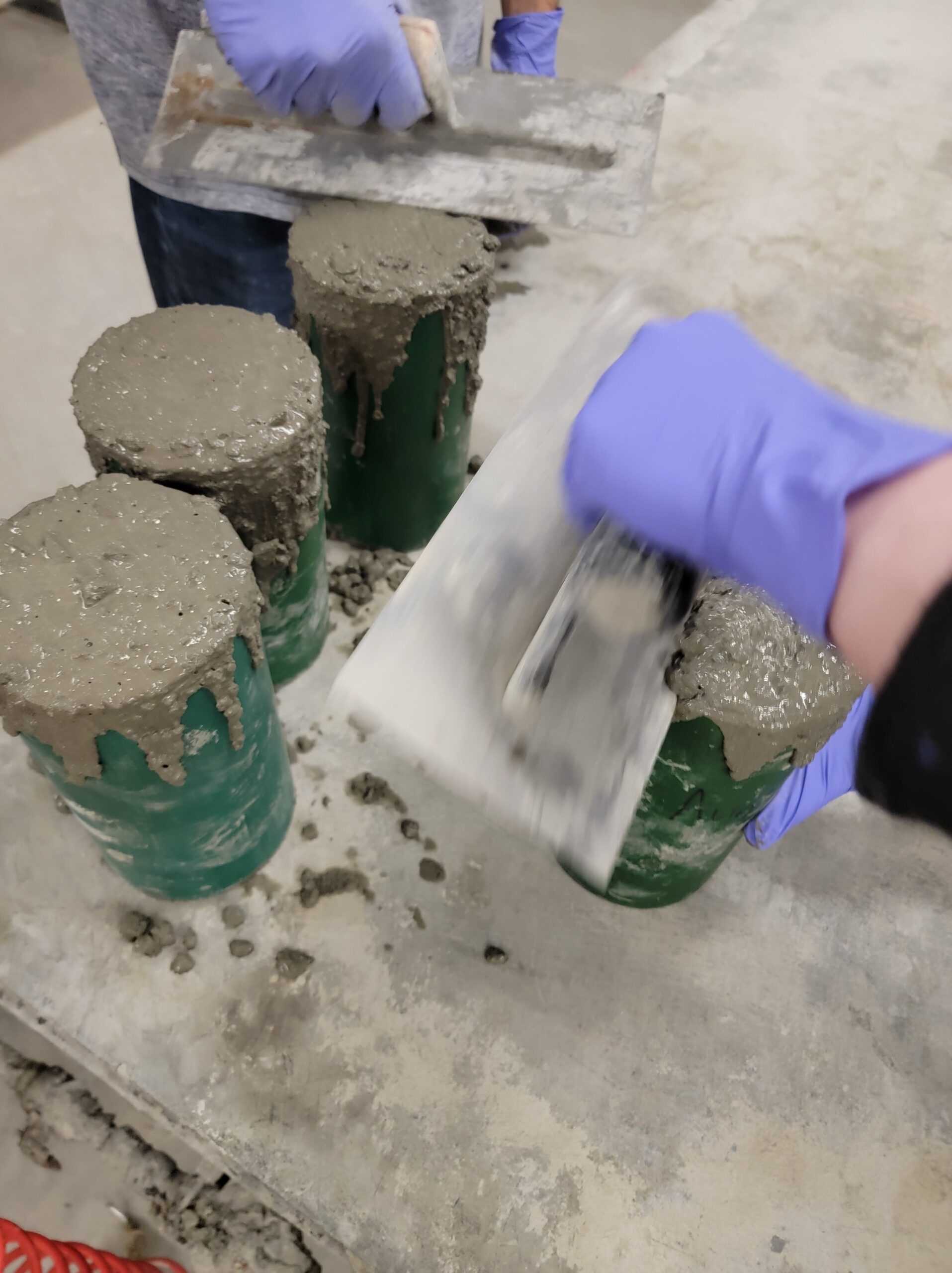
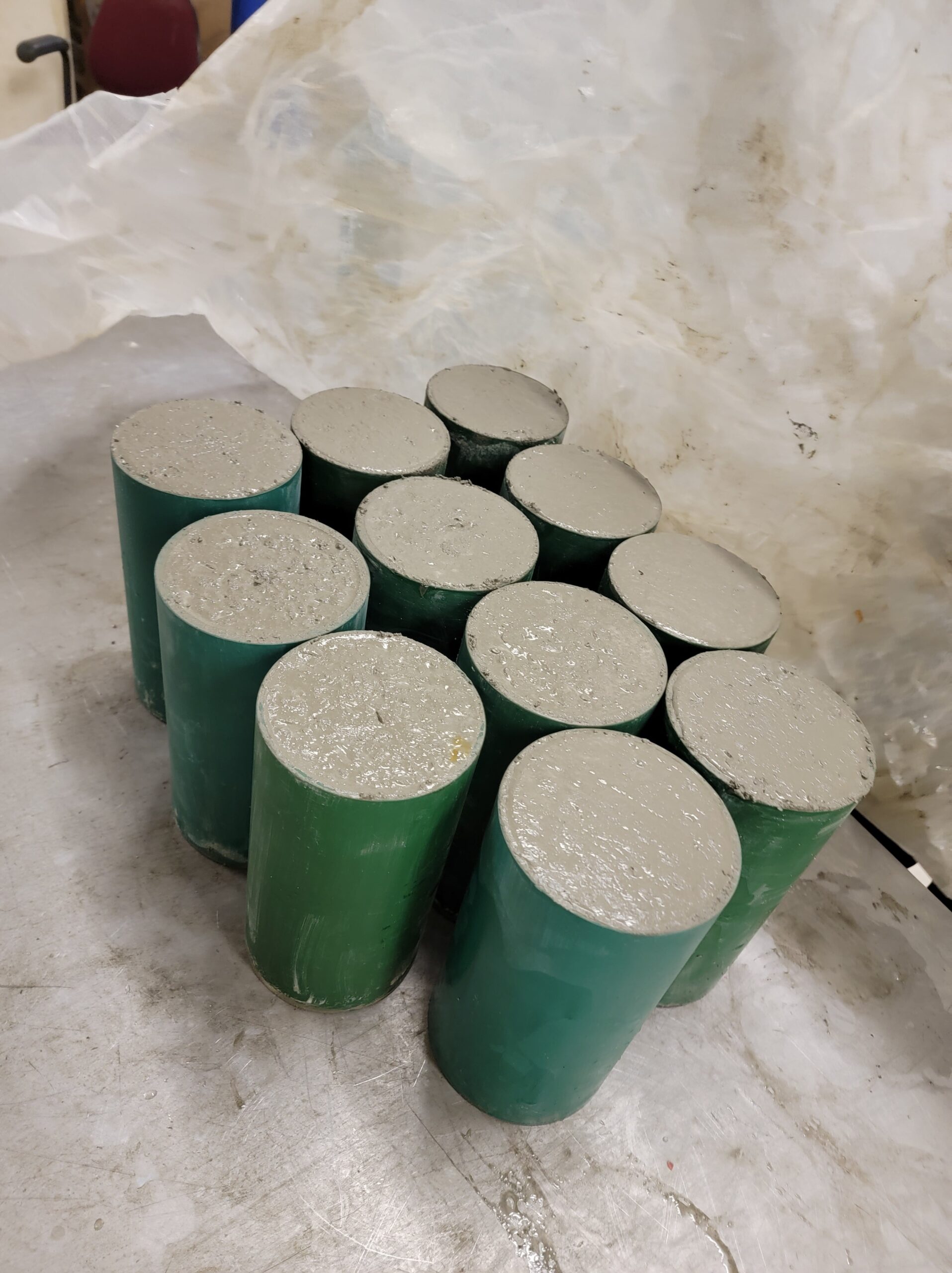
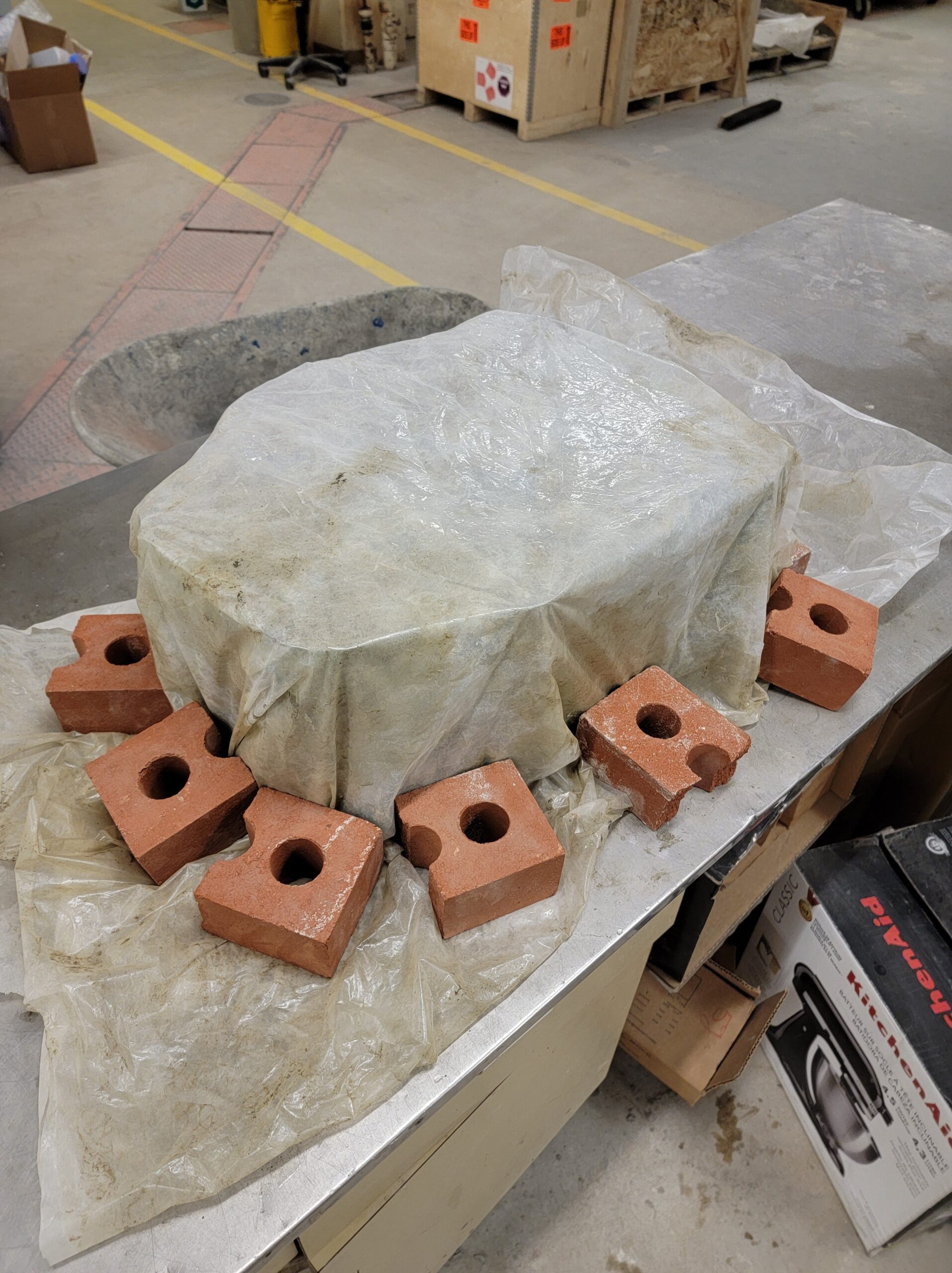
Photos from the Casting of our Fly Ash Concrete Mixture

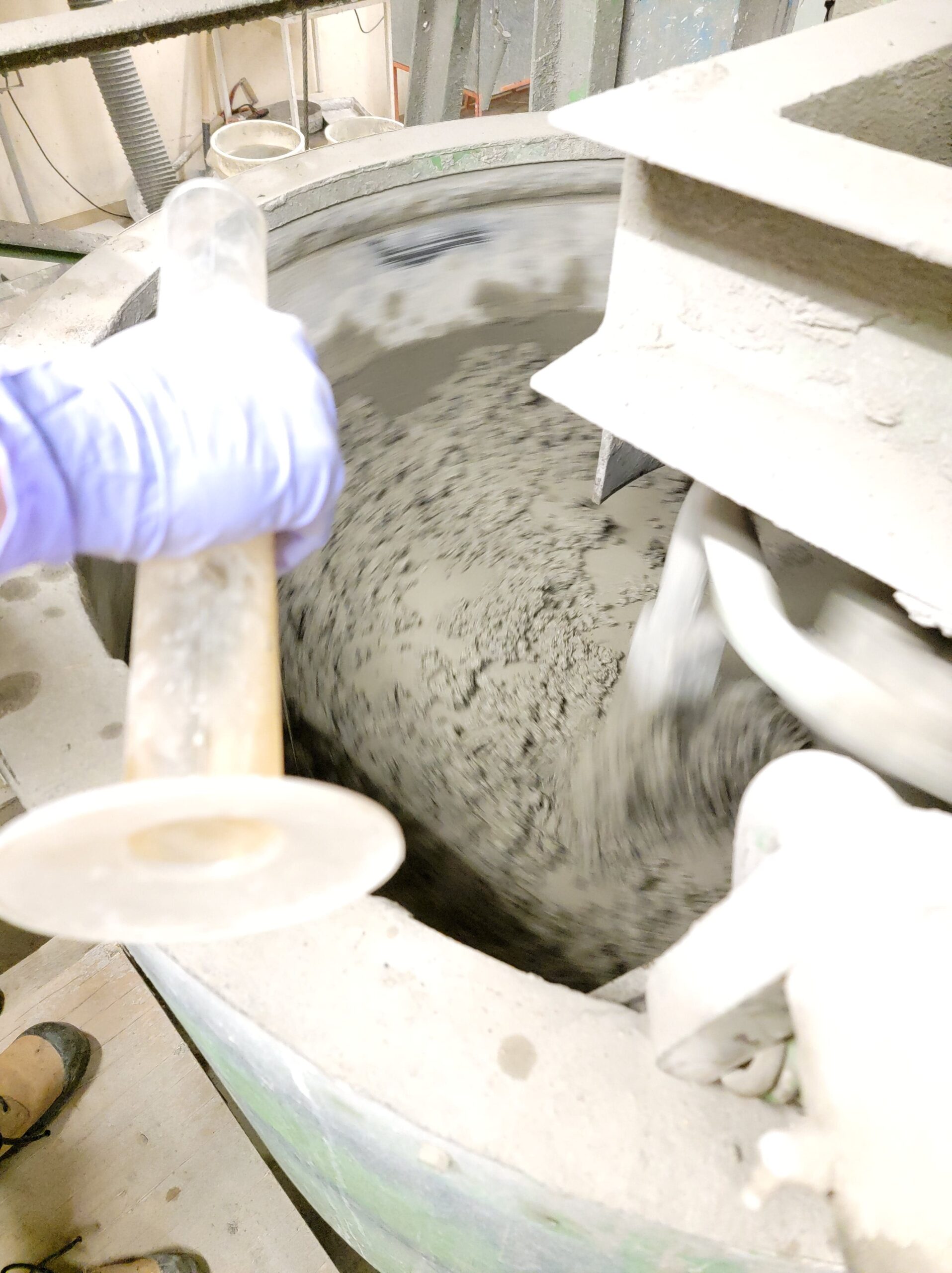
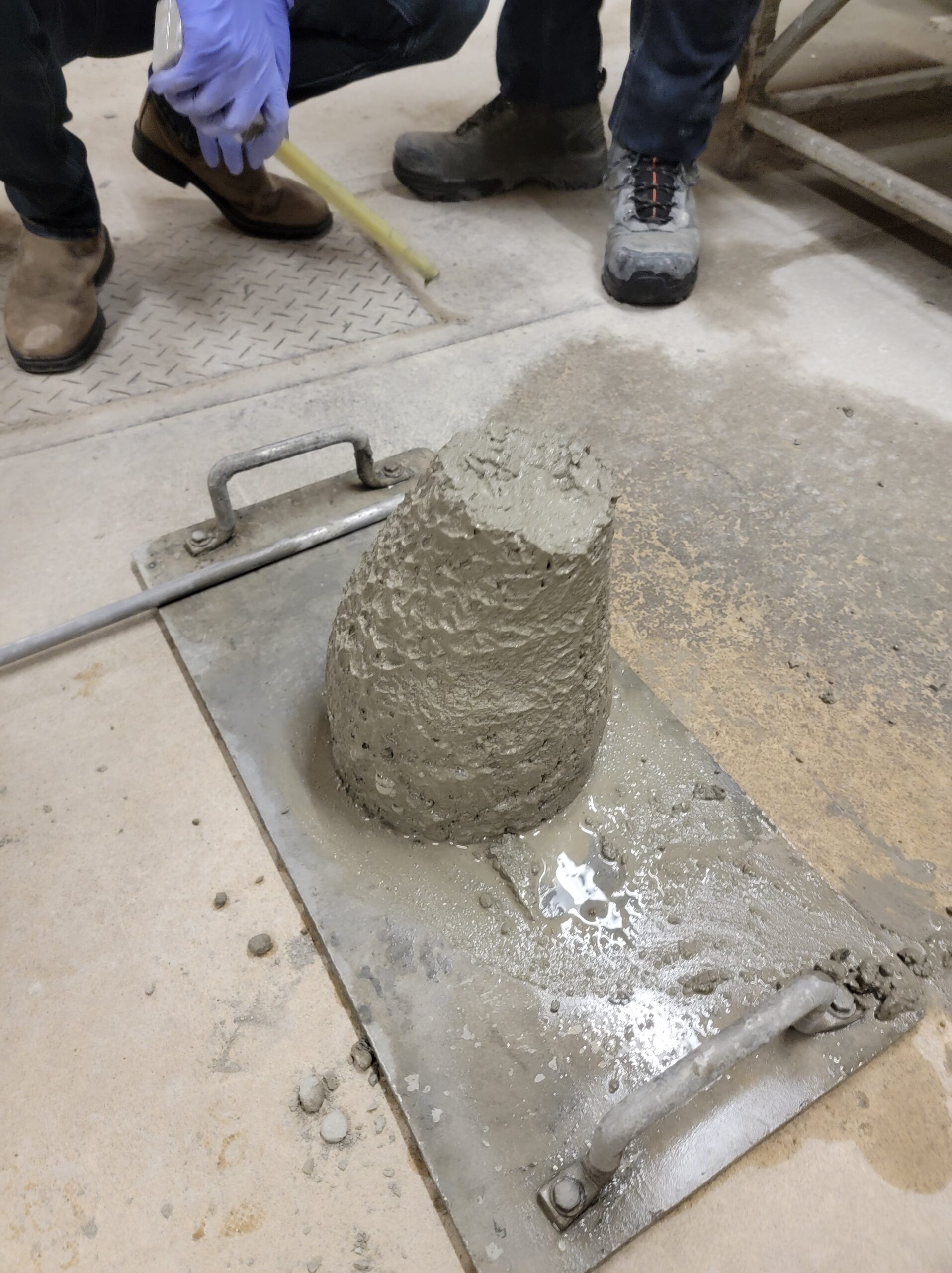
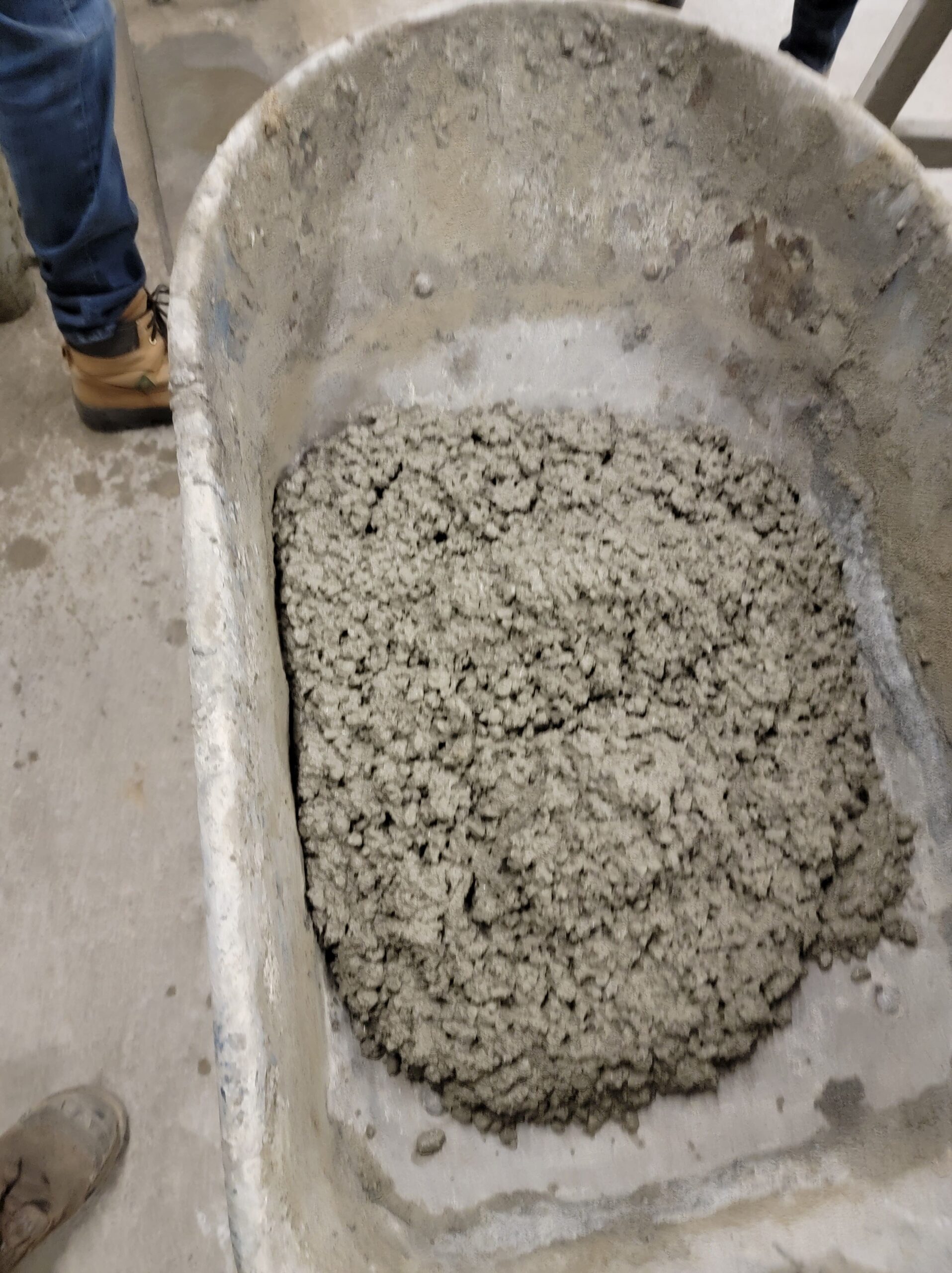
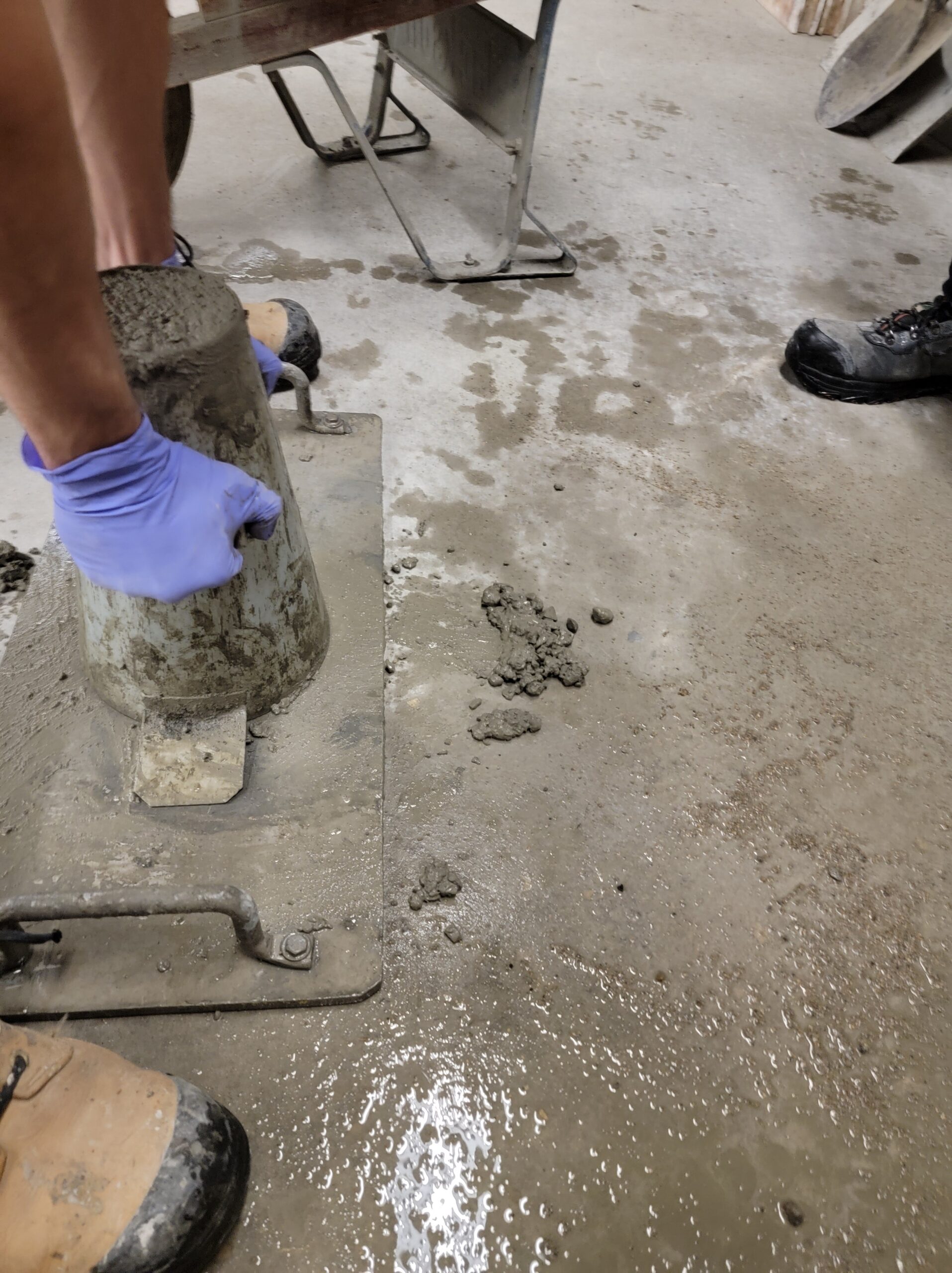
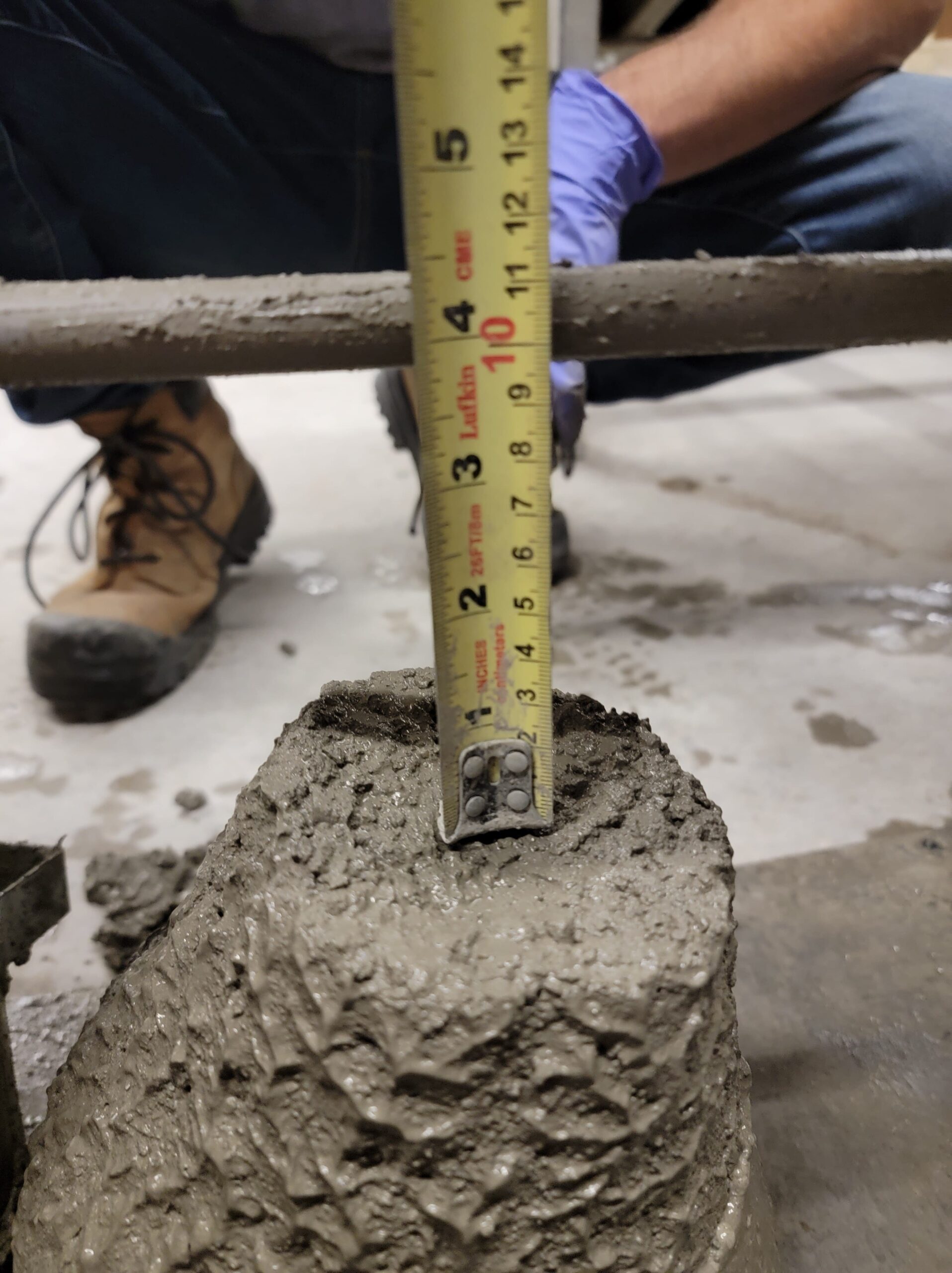

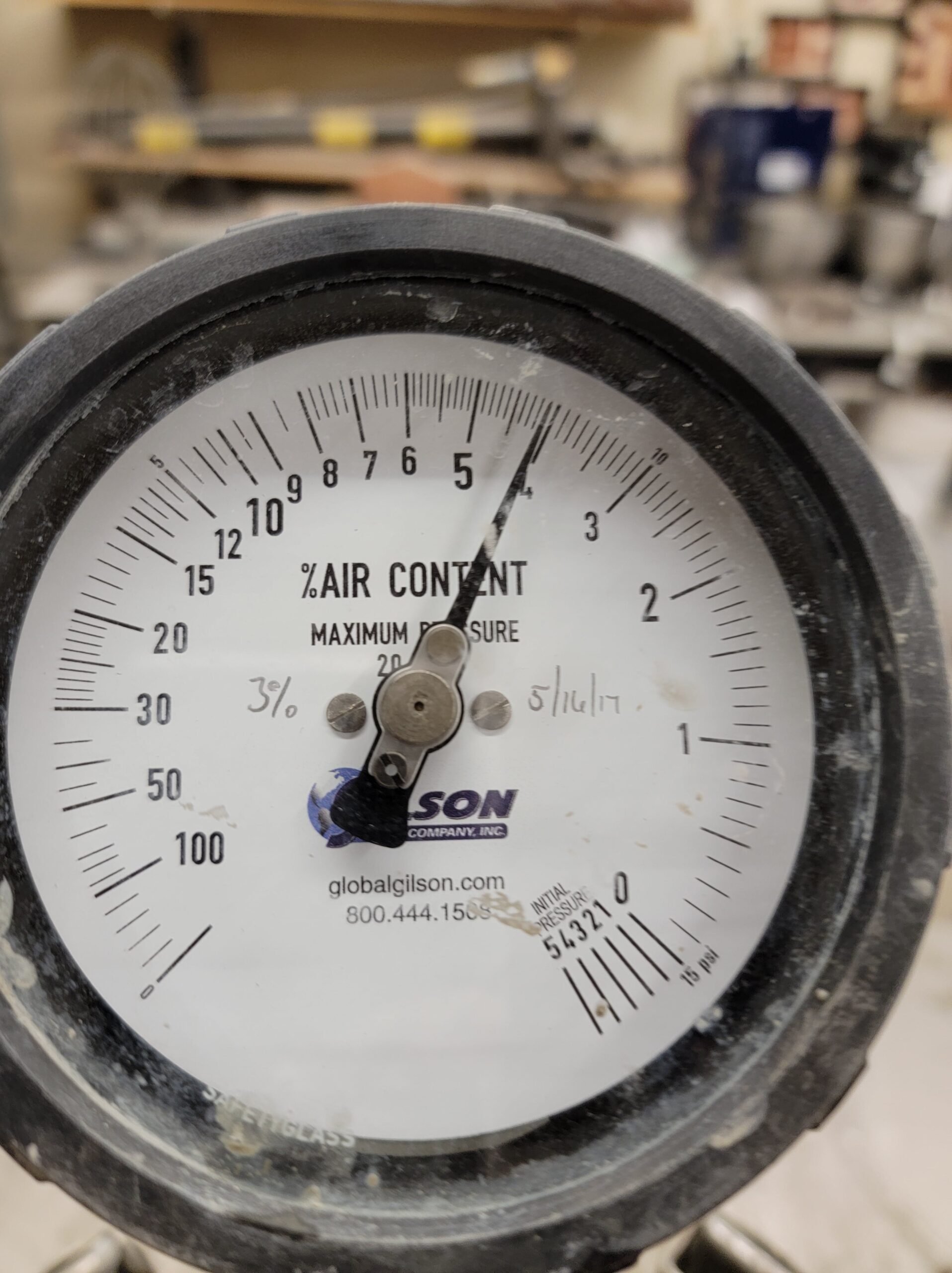
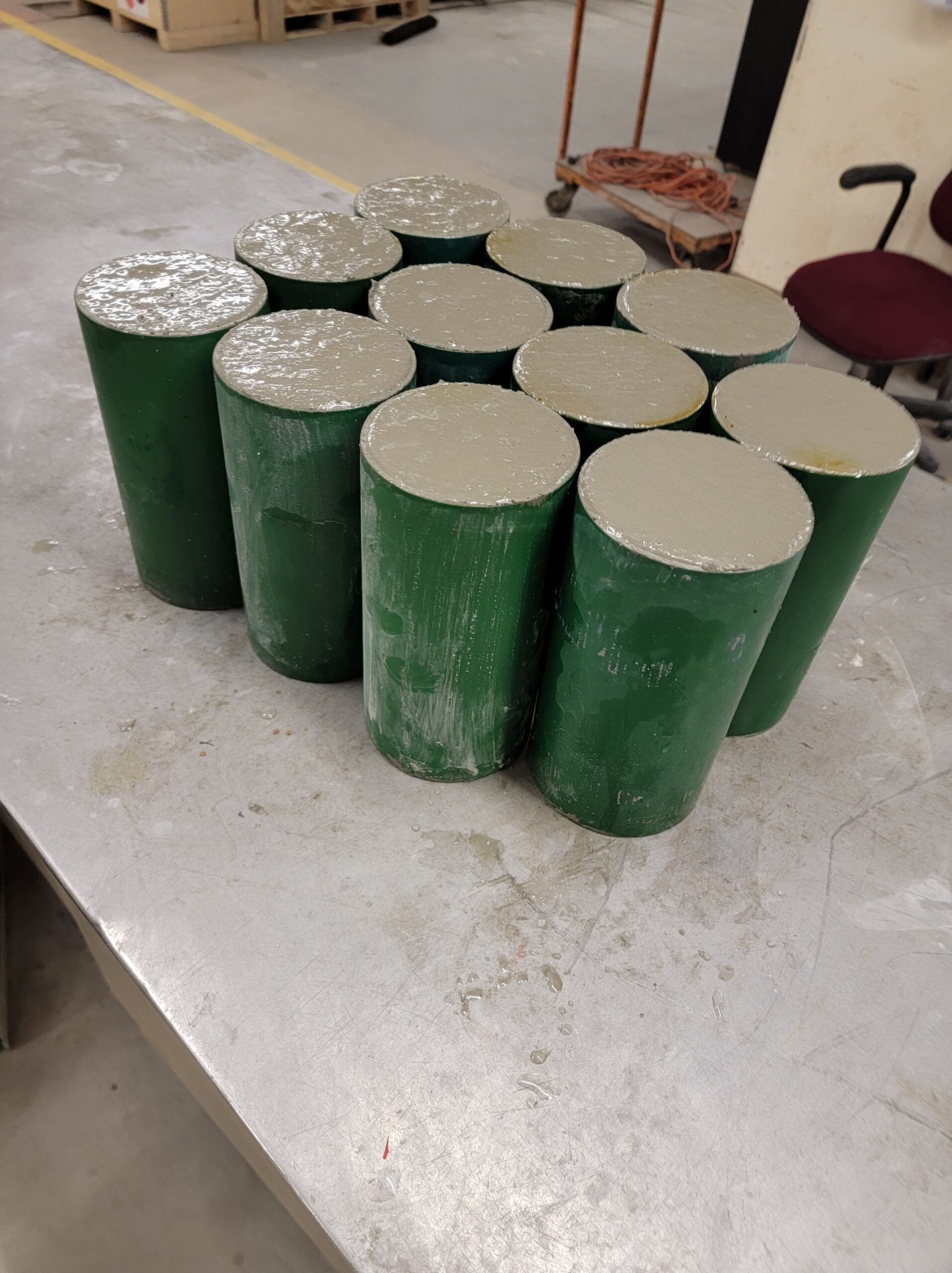
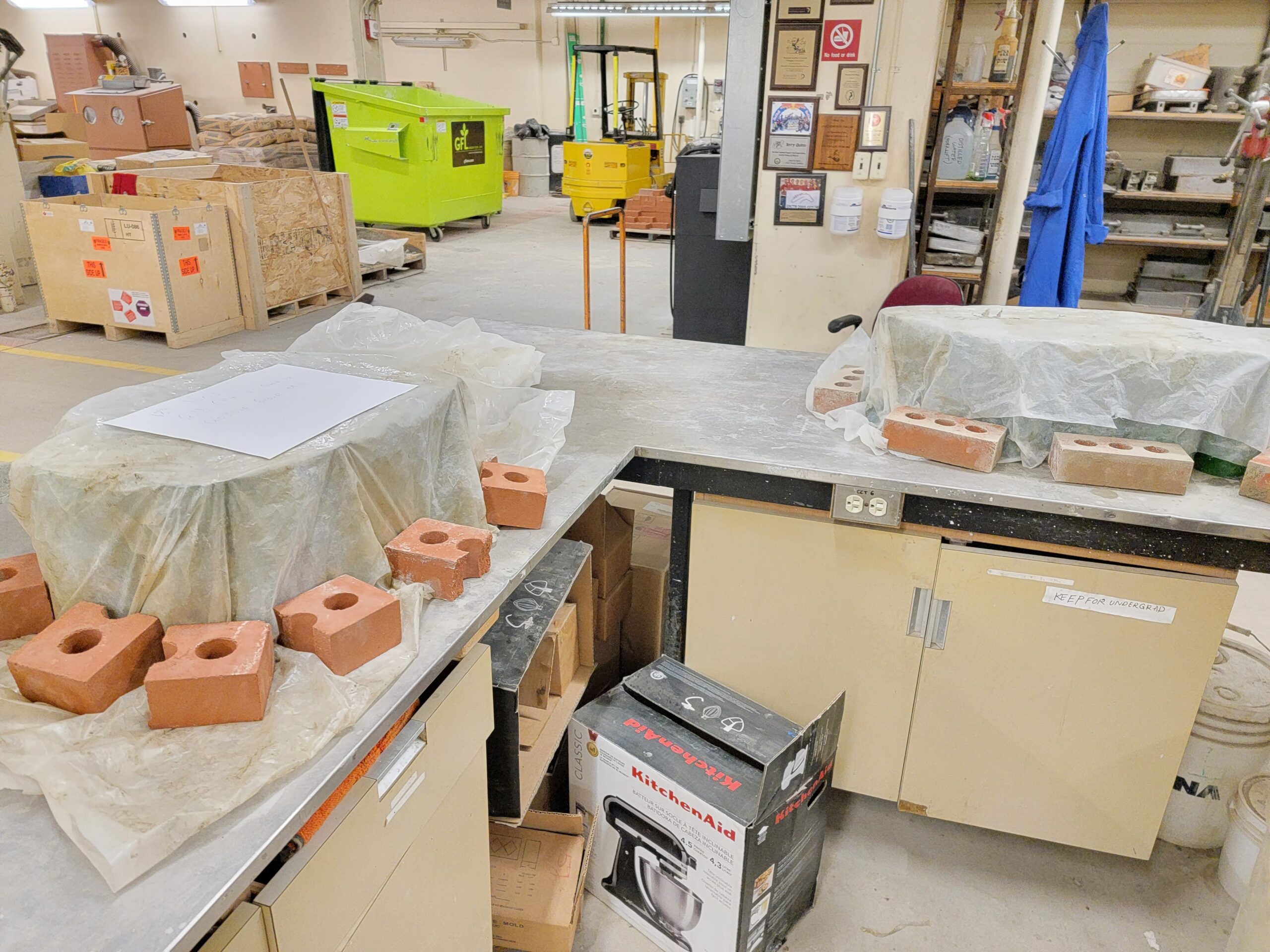
Photos from Compressive Testing

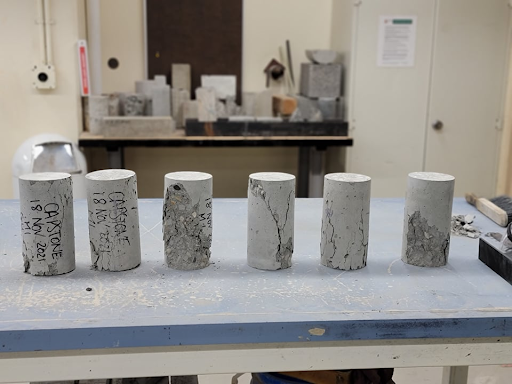
References
- R. Gagg, “Cement and concrete as an engineering material: An historic appraisal and case study analysis”, ScienceDirect.com, [online] Accessed: Dec 3rd, 2021, Available: www.sciencedirect.com/science/article/abs/pii/S1350630714000387
- B. Robert, “Fly Ash Concrete”, scottarboretum.org, [online] Accessed Mar 24th, 2022, Available: https://www.scottarboretum.org/fly-ash-concrete/
- Norchem, “Silica Fume and Sustainability”, norchem.com, [online], Accessed: October 24th, 2021., Available: https://www.norchem.com/applications-sustainability.html
- U.S. Mining Industry Energy Bandwidth Study. (n.d.). Retrieved December 6, 2021, from https://www1.eere.energy.gov/manufacturing/resources/mining/pdfs/mining_bandwidth.pdf.
- Pumice and pumicite – s3-us-west-2.amazonaws.com. (n.d.). Retrieved December 6, 2021, from https://s3-us-west-2.amazonaws.com/prd-wret/assets/palladium/production/mineral-pubs/pumice/pumicmcs96.pdf.
- Fedrico, L. M. (2013). WASTE GLASS – A SUPPLEMENTARY CEMENTITIOUS MATERIAL. Retrieved October 2021, from https://macsphere.mcmaster.ca/bitstream/11375/13455/1/fulltext.pdf.
- H. Auger, “LEEDing the Way to a Greener Future”, newforma.com, [online] Accessed Mar 31st, 2022, Available: https://www.newforma.com/blog/leed-in-construction/
